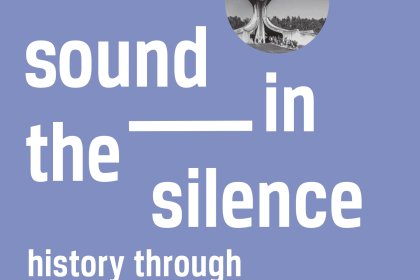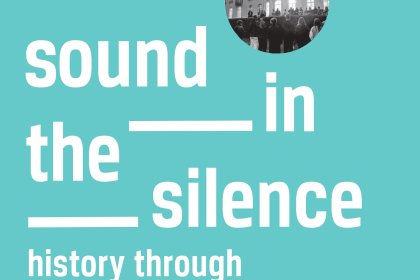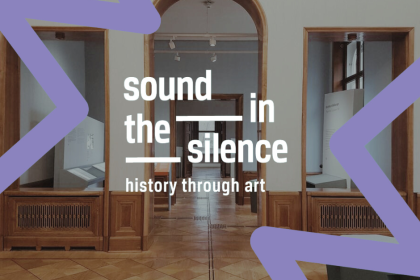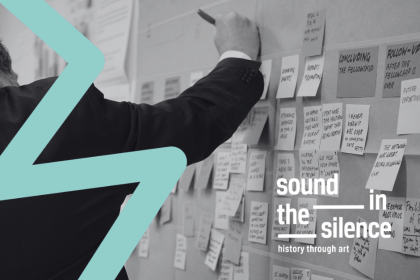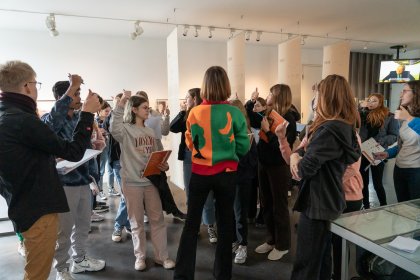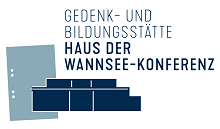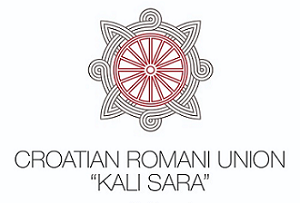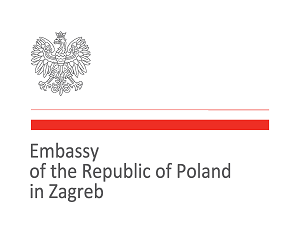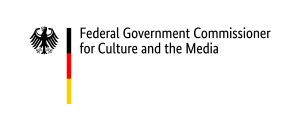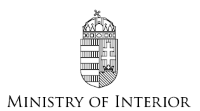Sound in the Silence is an interdisciplinary remembrance project aimed at encouraging high school students from all over Europe to reflect actively on the complexities of the 20th century history with the use of artistic means.
The locations of this year’s edition of the programme are the House of the Wannsee Conference in Berlin, Germany, and Jasenovac Memorial Site, established near Jasenovac in Croatia.
For eight days, an international group of up to 28 students will work together with professional artists to create a performance based on their reflections and emotional responses to the programme, bringing together acting, dance, sound and creative writing.
While the programme participants learn about the site's past and work on the final performance, their teachers will take part in workshops on interdisciplinary ways of teaching history and exchange experiences with colleagues from other countries.
About Sound in the Silence 2023
Sound in the Silence 2023: Remembrance and Oblivion
These traumatic stories and the emotions associated with them will be discussed by the young project participants under the guidance of artists using the history-through-art method. An important point of reference for the project workshop participants will be memory and its function in the European historical discourse.
During educational and artistic workshops, the youth, working with testimonial texts and oral history accounts, will have the opportunity to look at individual recollections and juxtapose them with collective memory. They will also be confronted with the understanding that forgetting painful events in the history of nations or communities may sometimes be a part of remembering. They will also discuss the assertion that nurturing memory of history is one of the most important elements in the formation of one’s identity.
Reportage
News
Wannsee: We Must Not Forget
On 20 January 1942, in a villa at Am Großen Wannsee no. 56-58 in a picturesque and wealthy suburb of Berlin, 15 leading representatives of the German Nazi state administration met to discuss the implementation of the “Final Solution of the Jewish Question.” During the 90-minute meeting, they divided responsibilities and provided the coordination necessary to extend the genocide to whole Europe. This resulted in the death of about 6 million European Jews.
In 1945, Joseph Wulf, a historian and Auschwitz survivor, embarked on what became his life’s mission. Until his death in 1974, he published 18 books on the history of the Third Reich and the crimes committed by the Nazi regime, while stressing the fact that the perpetrators had not yet been tried and convicted. Wulf strove to make the role of the perpetrators of the Holocaust appear in the collective memory of the Germans.
Only in 1992 the House of the Wannsee Conference became a memorial and educational site – 18 years after Wulf’s death.
Sound in the Silence at the House of the Wannsee Conference

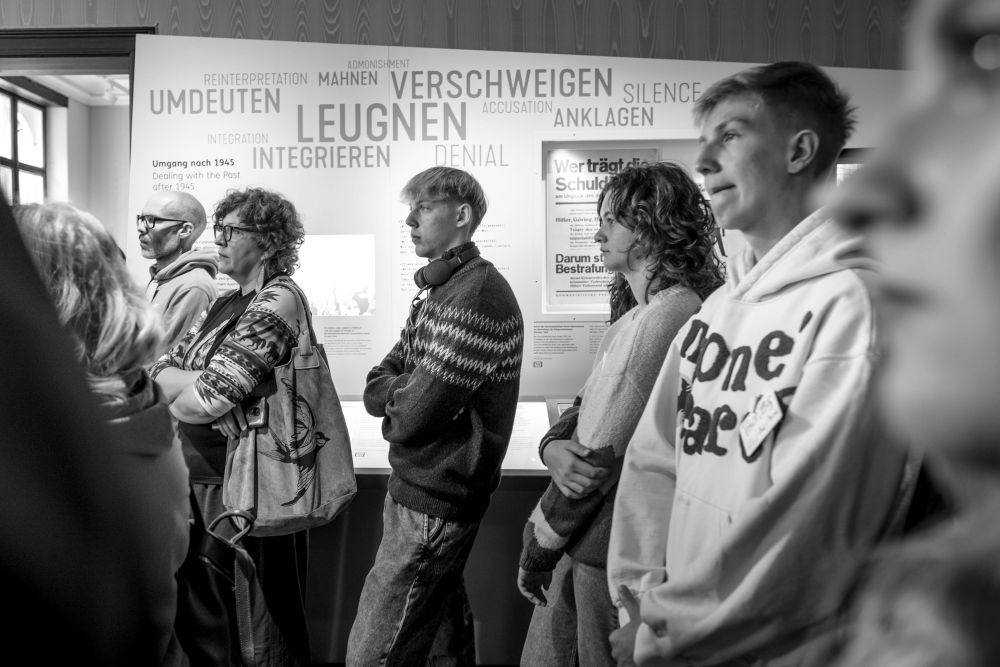

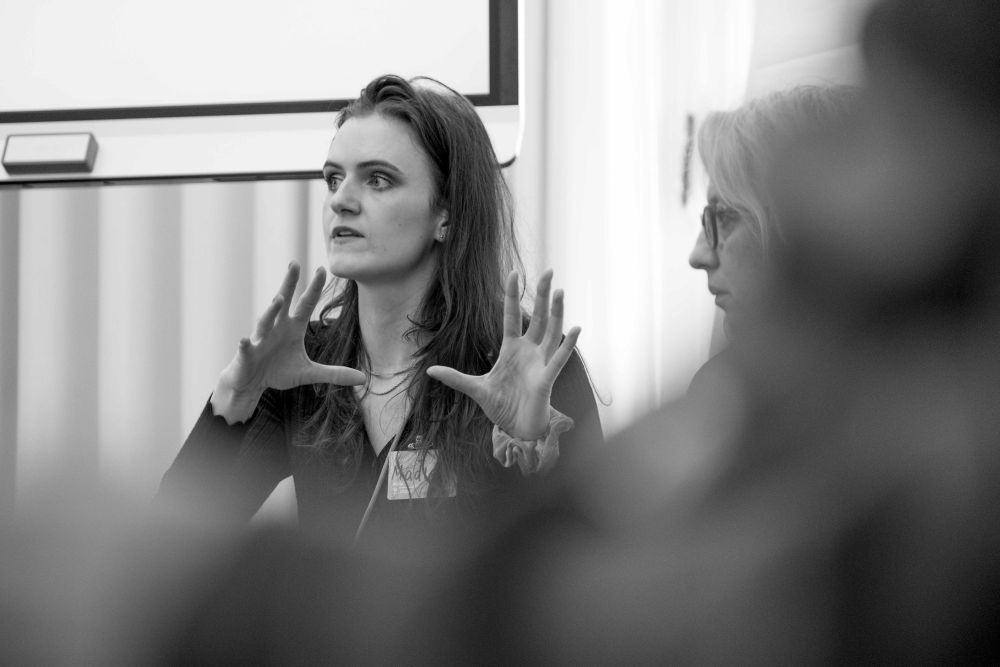
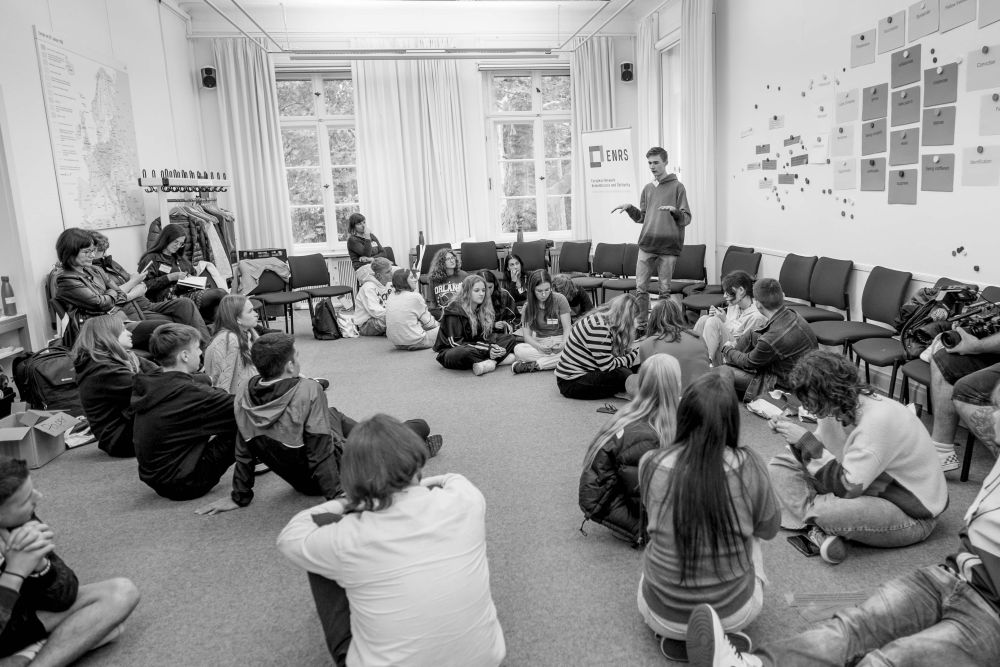
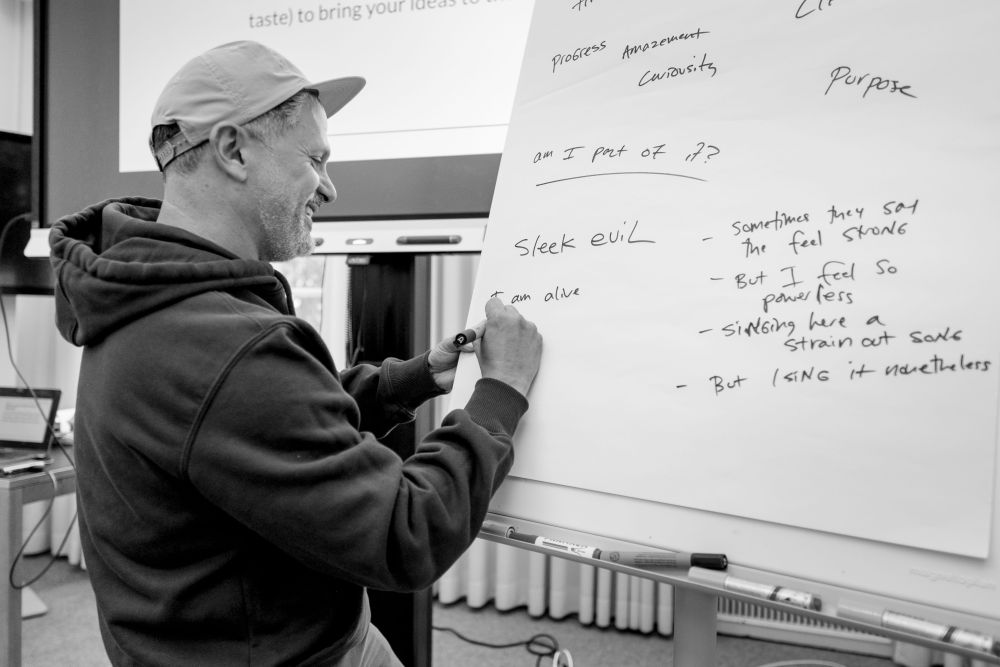
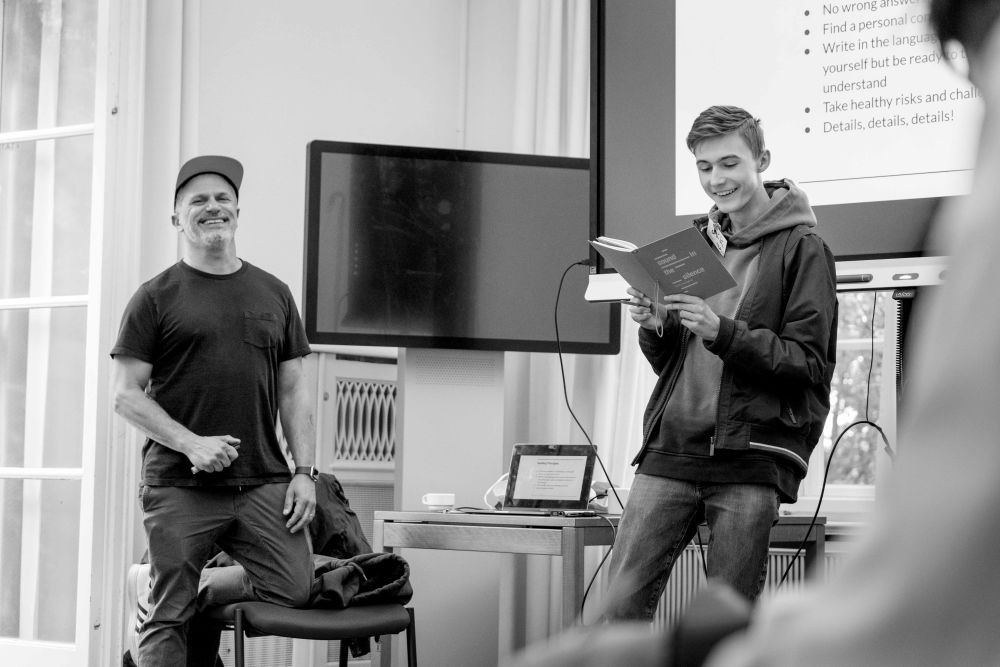
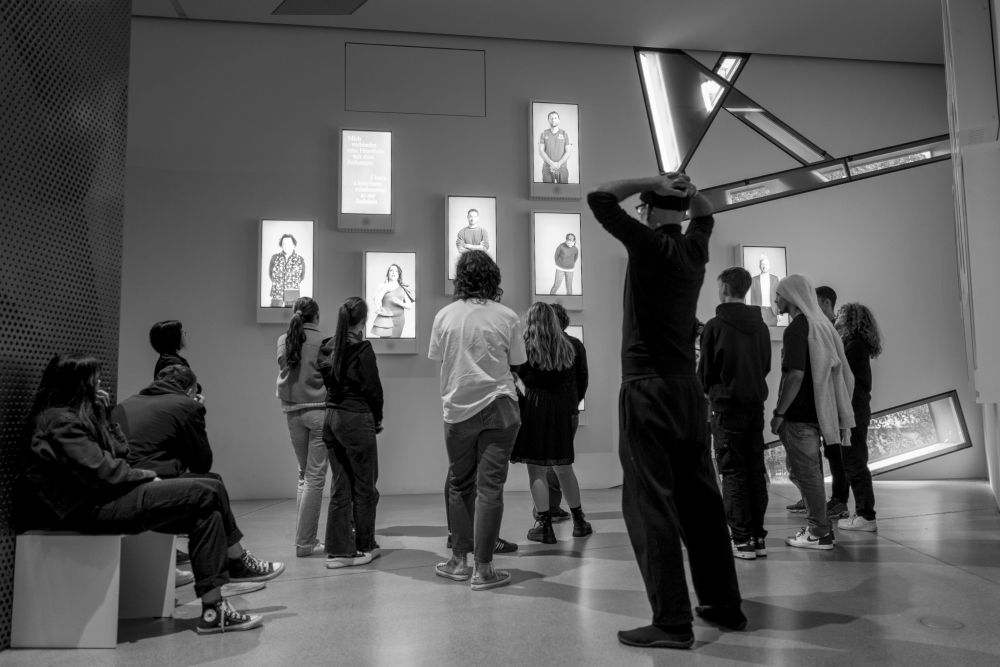
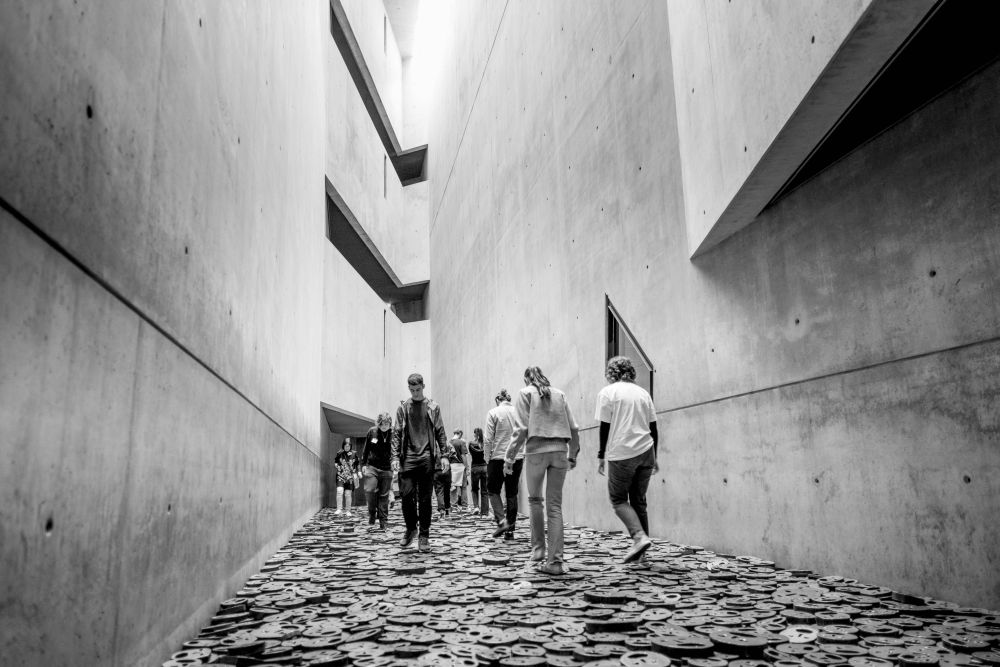
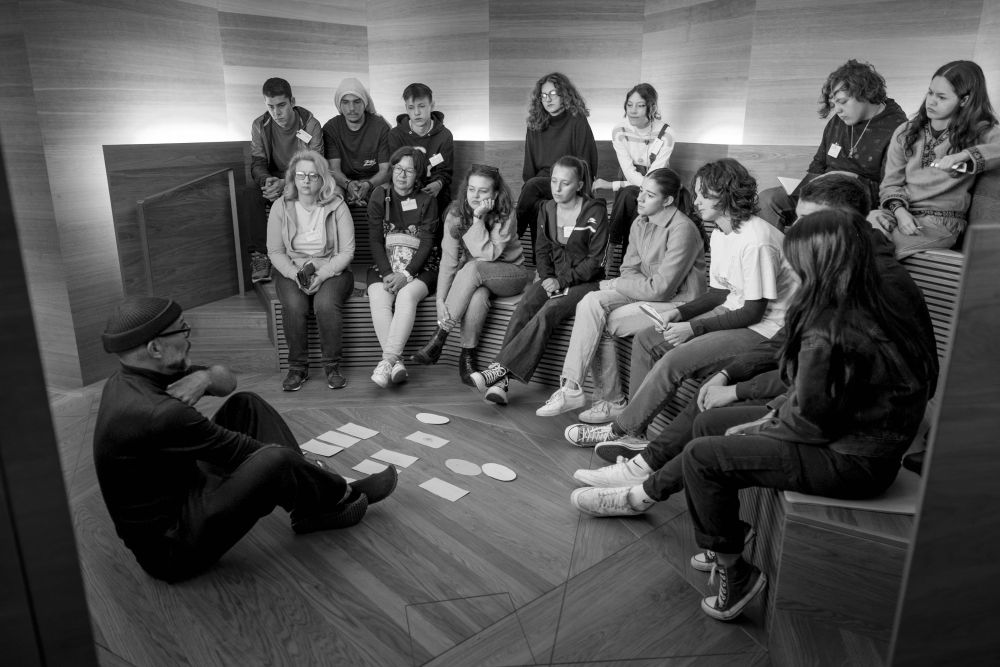
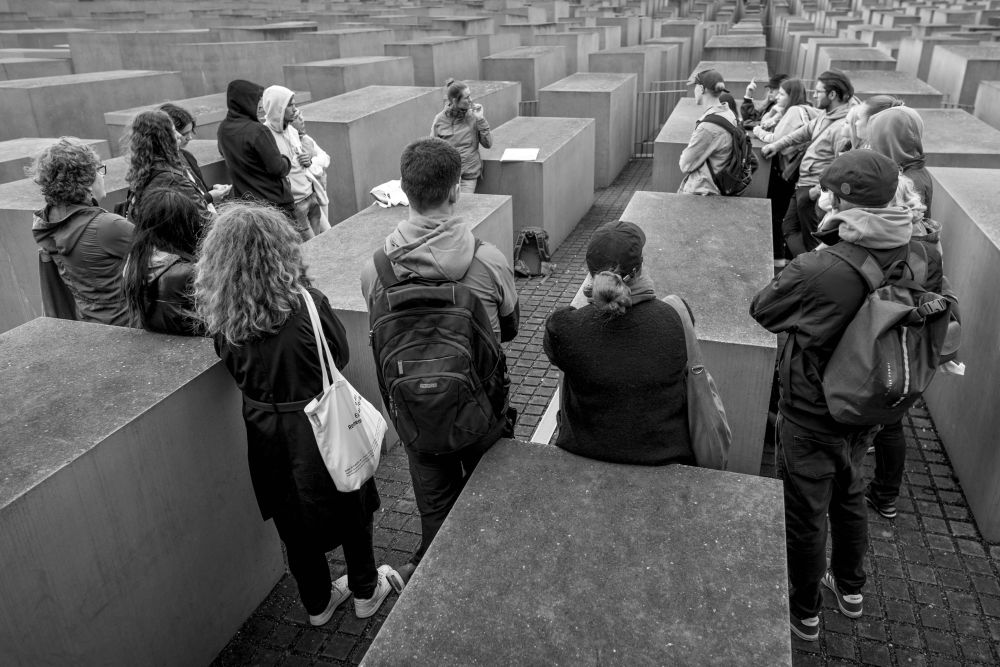
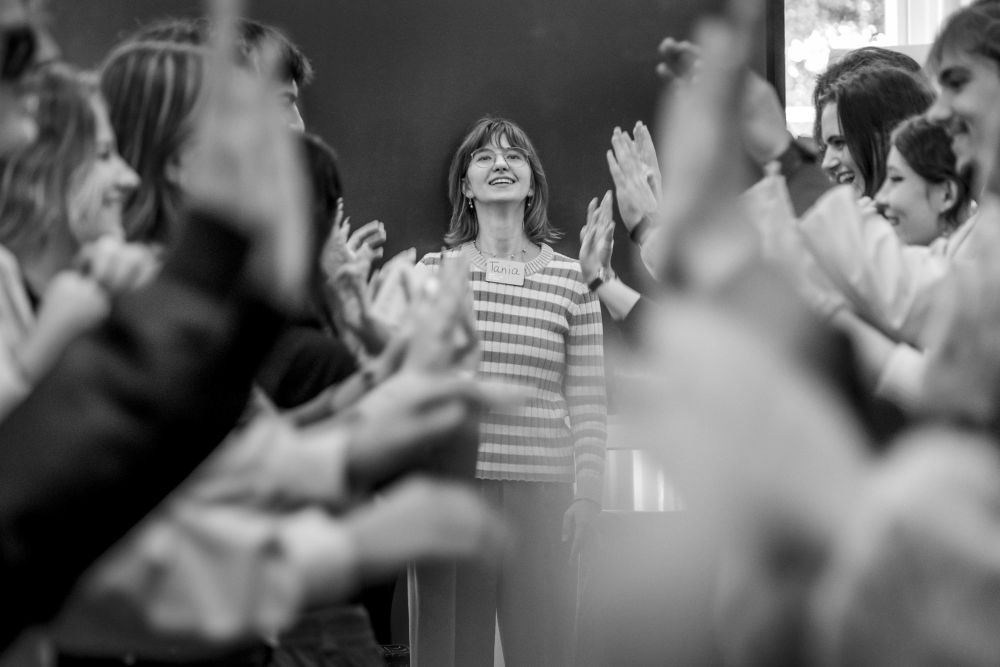

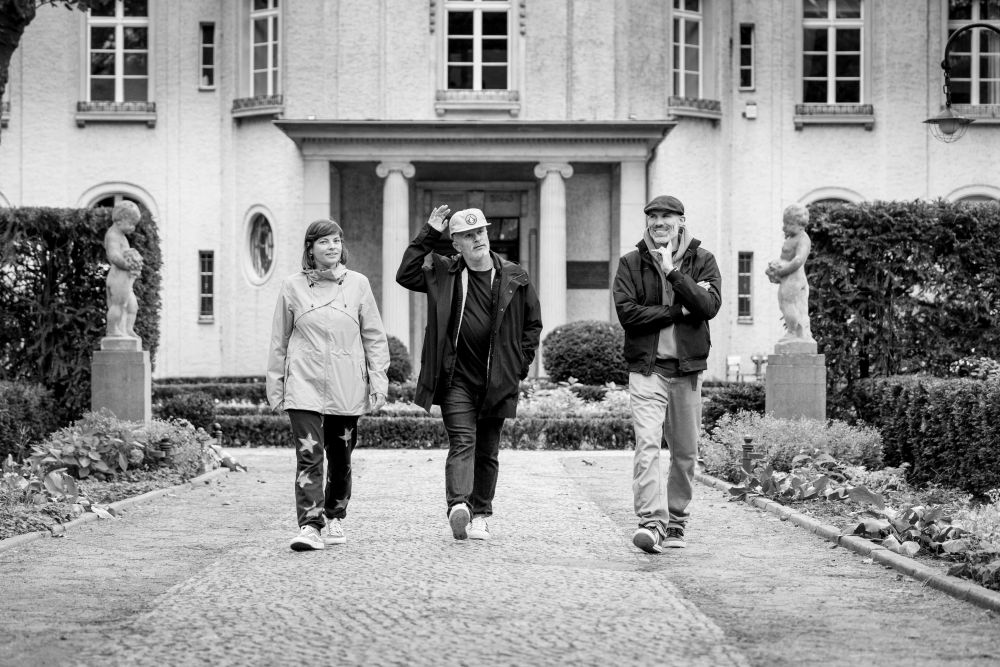



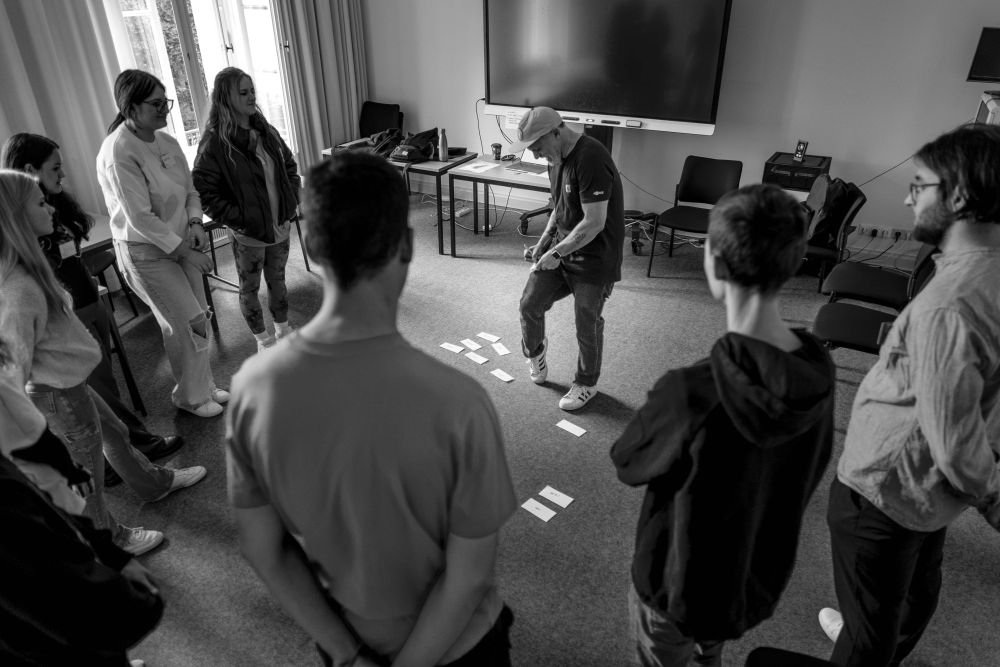
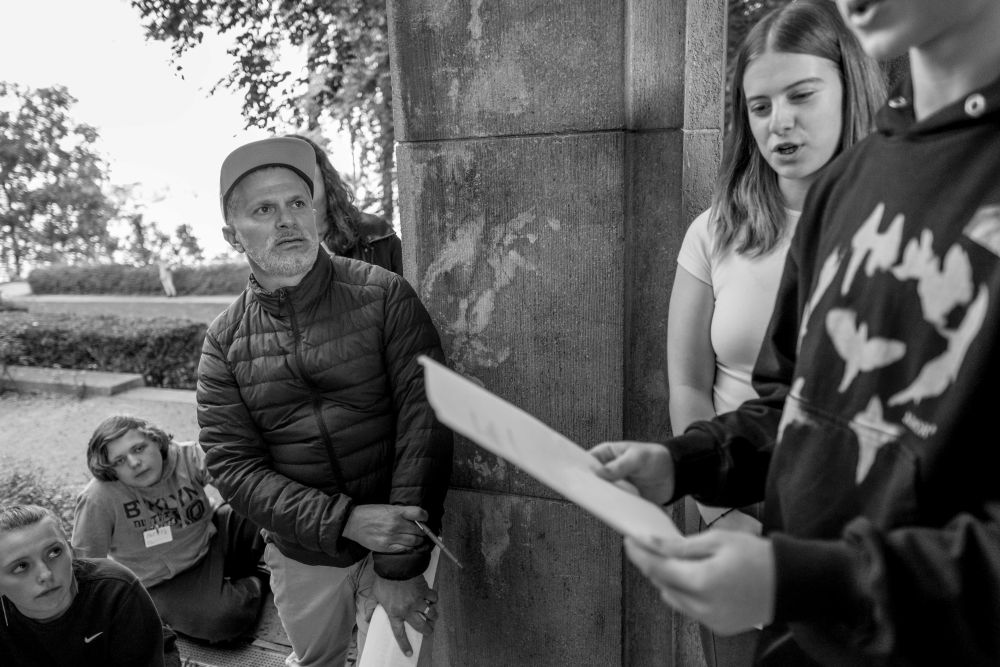
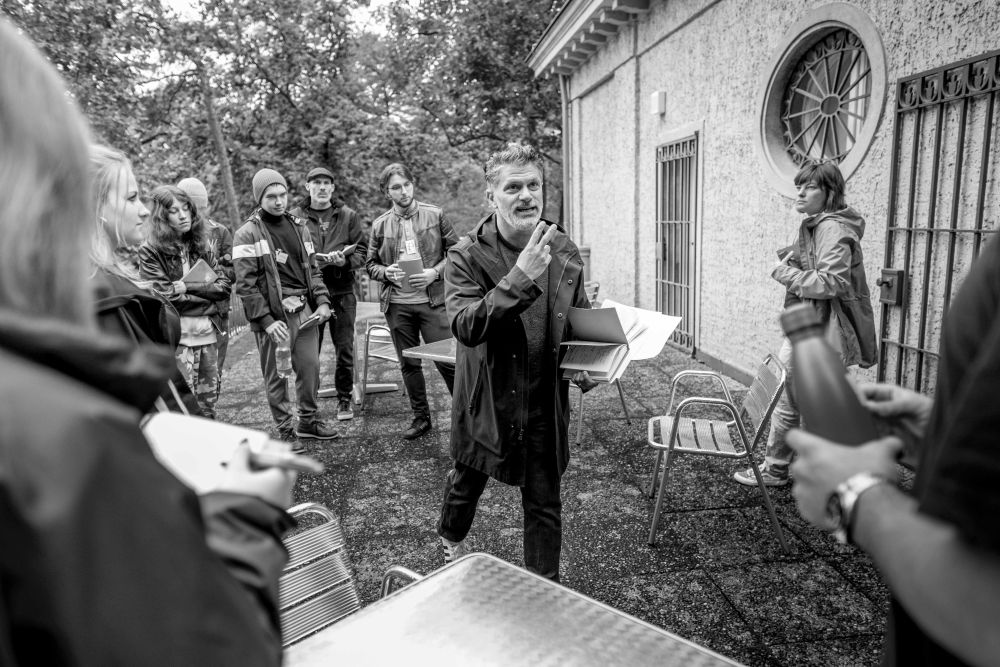

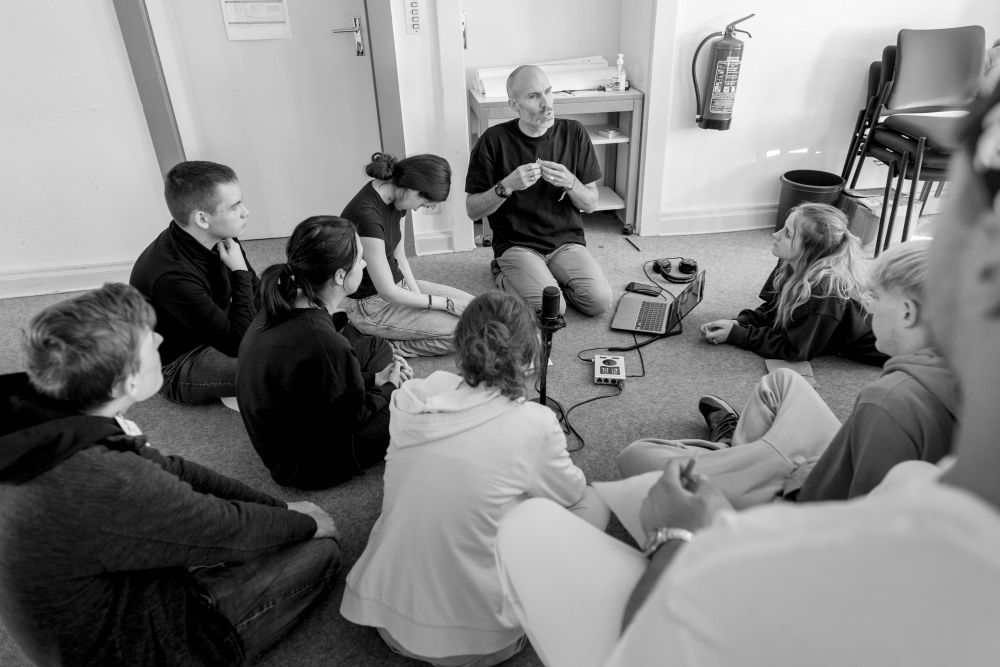
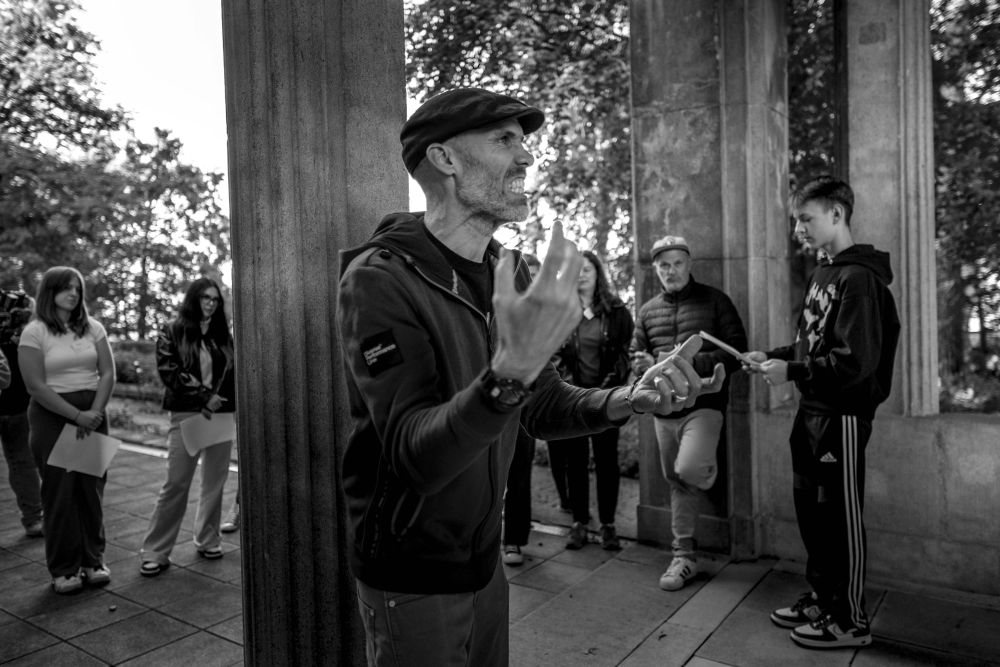
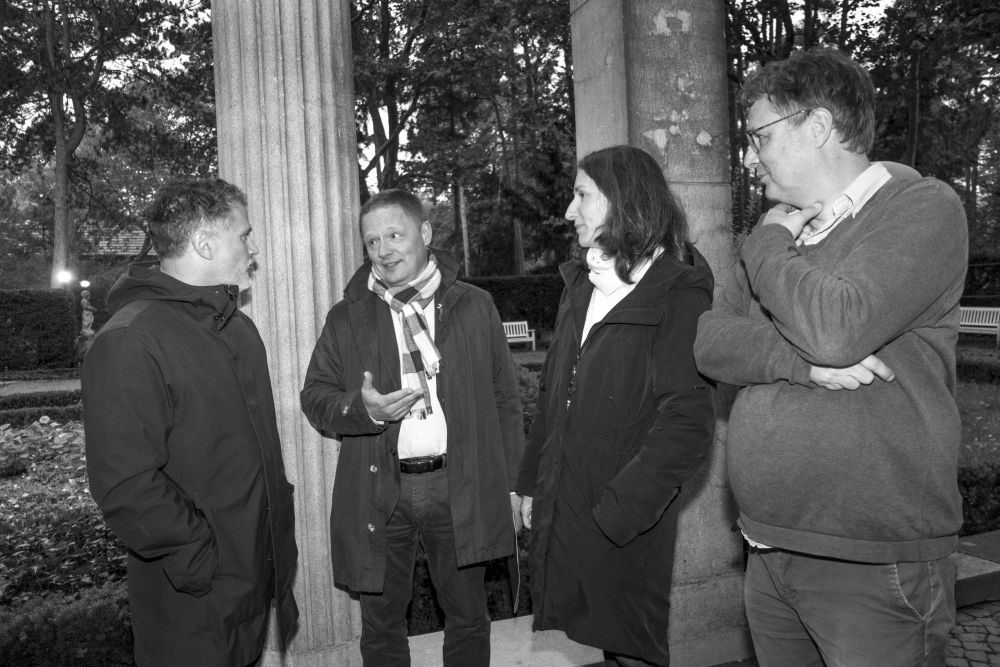
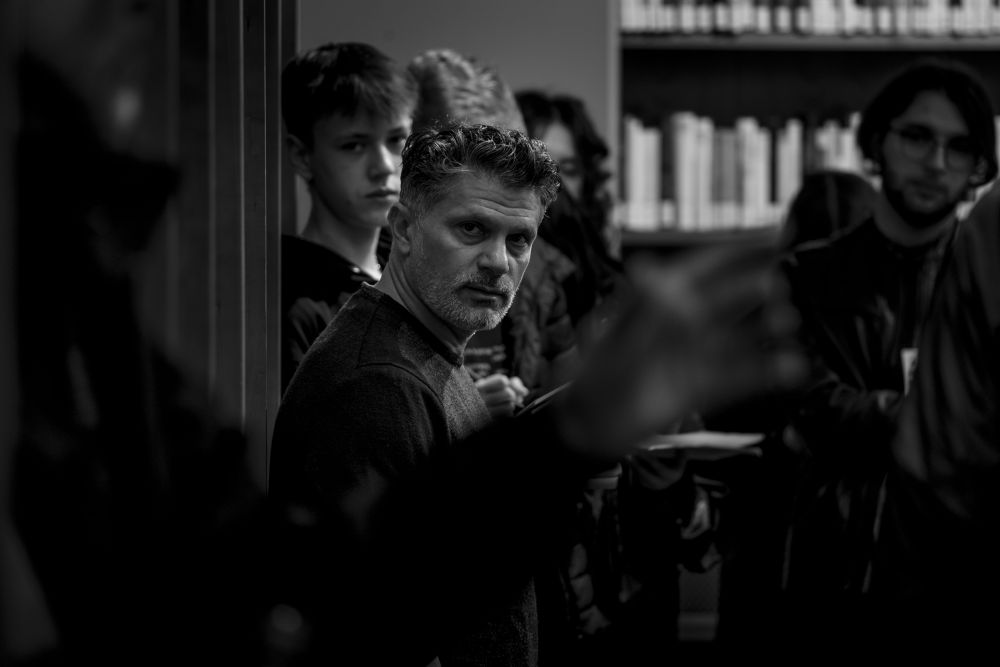

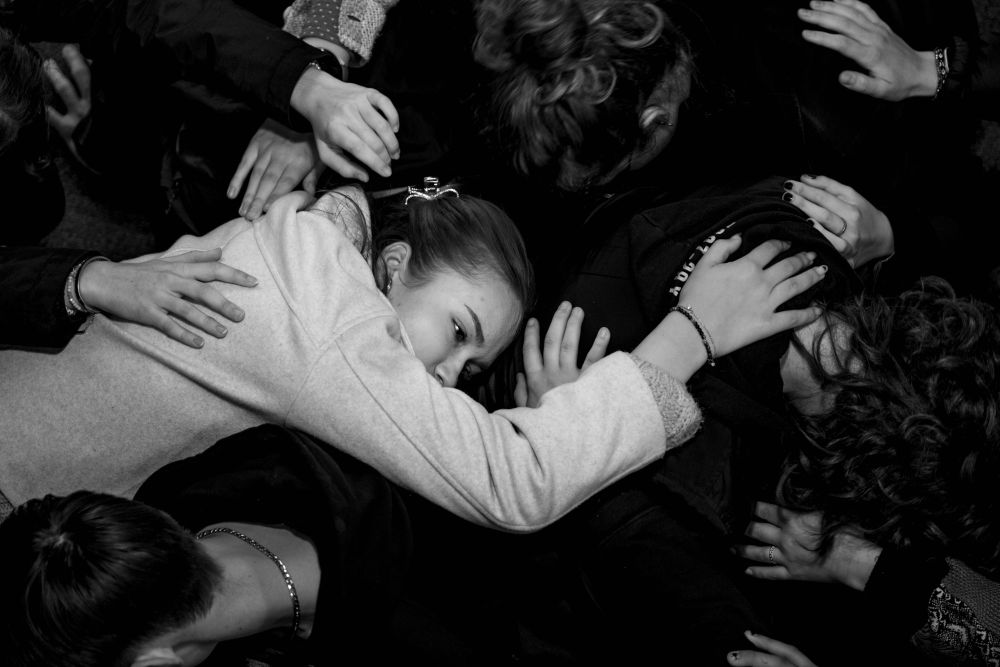
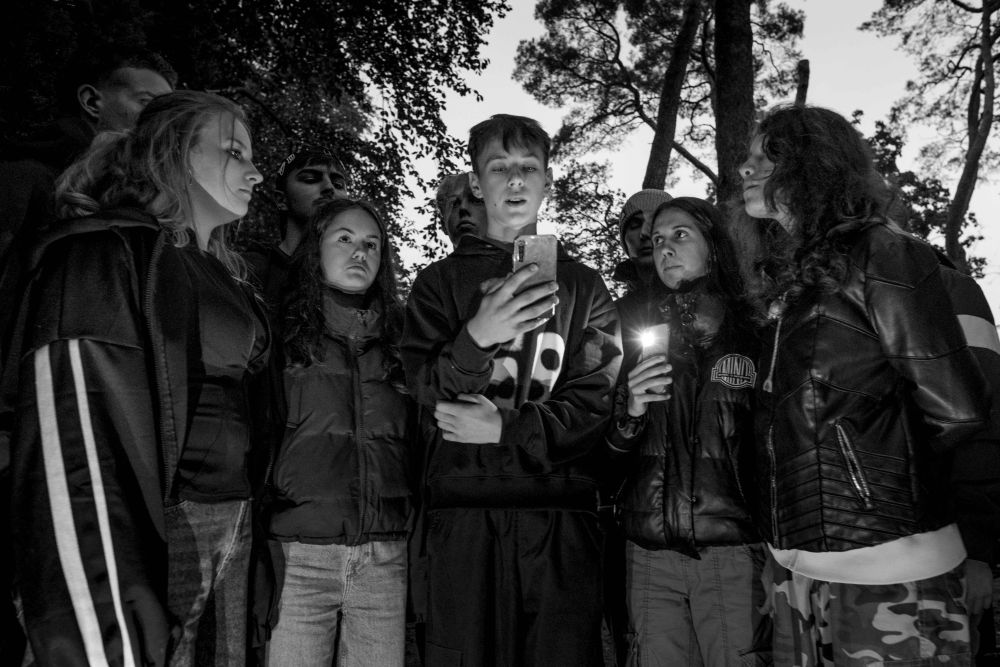

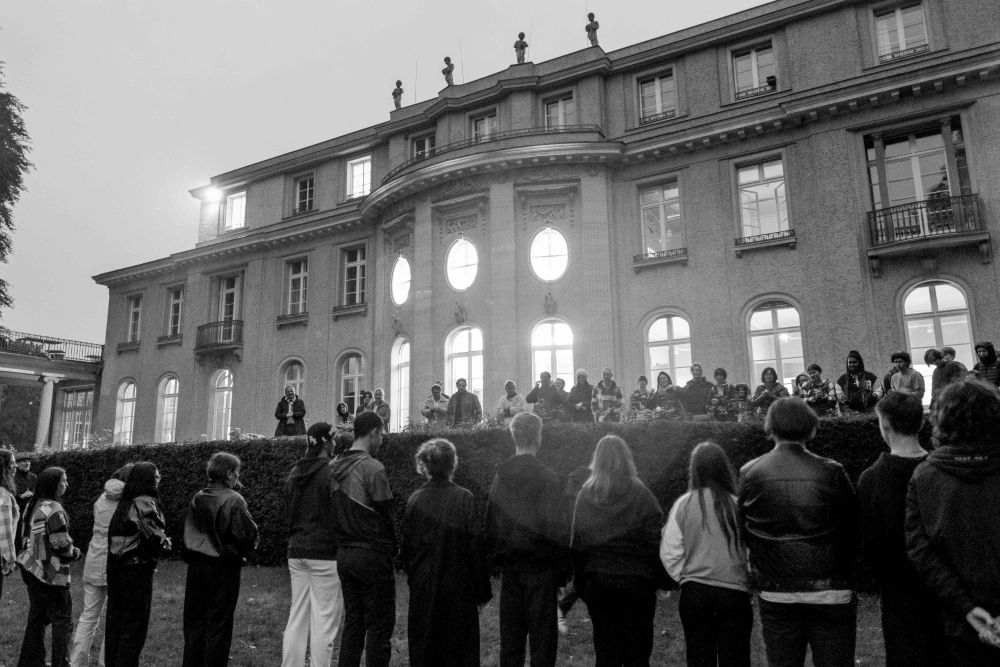



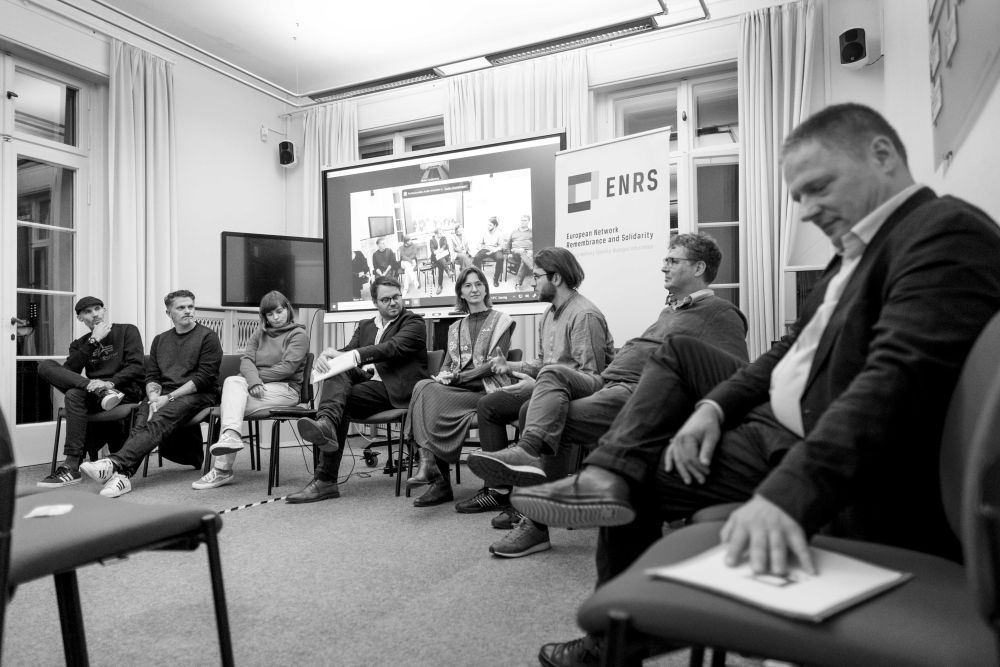
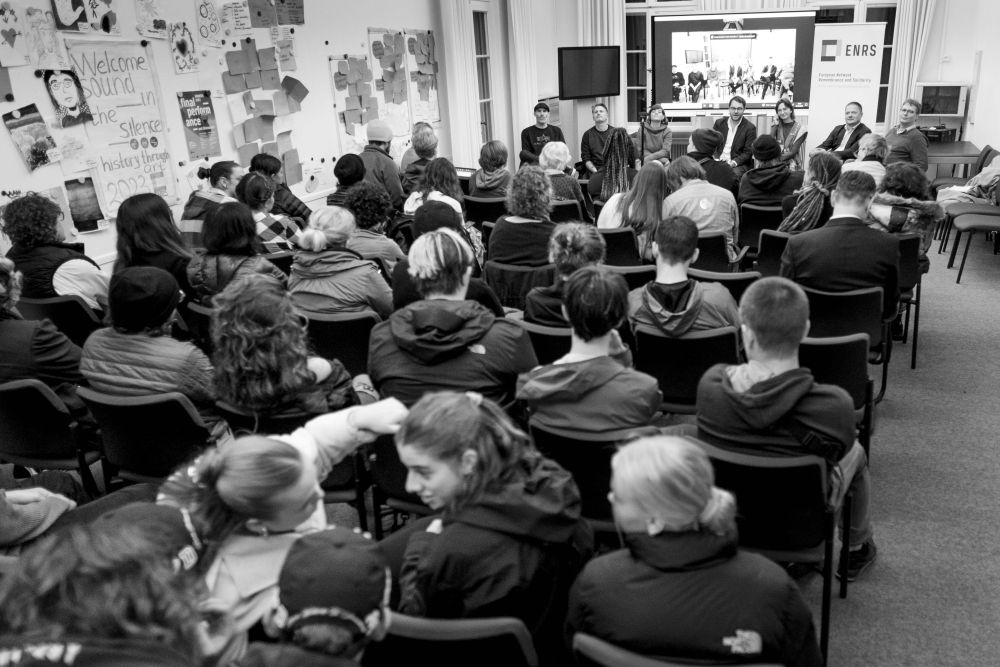
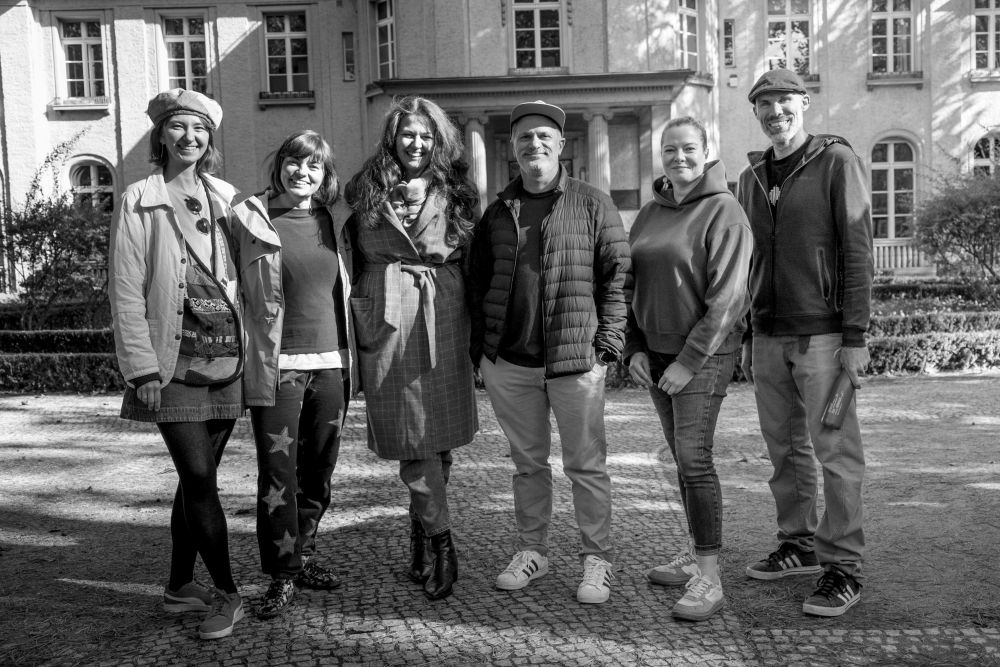
Jasenovac: Remember the Forgotten
The Jasenovac Concentration Camp, built between August 1941 and February 1942 at the confluence of the Rivers Sava and Una in Croatia, was the biggest camp established on the territory of former Yugoslavia during the Second World War. It consisted of five subcamps, including Stara Gradiška, and was operated exclusively by the members of the fascist organisation Ustasha who ruled the newly created Independent State of Croatia (NDH), an ally of Nazi Germany and fascist Italy. In the three and a half years of its operation, the complex claimed around 100,000 victims: Serbs, Roma and Jews, as well as members of other ethnic groups, and political opponents. Over a half of them were women and children. Many of them are nameless, but also forgotten by history. In April 1945, with partisan troupes approaching, the camp was set on fire and all the documents were destroyed in order to remove evidence of the crimes.
The mission of the Jasenovac Memorial Site is to restore the memory of victims of the Holocaust and of the genocide committed by Ustasha regime in the Jasenovac camp, but also to bring back from collective oblivion the memory of heroines such as Diana Budisavljević, who defied the force of fanaticism and hatred by saving around 10,000 children.
Sound in the Silence in Jasenovac
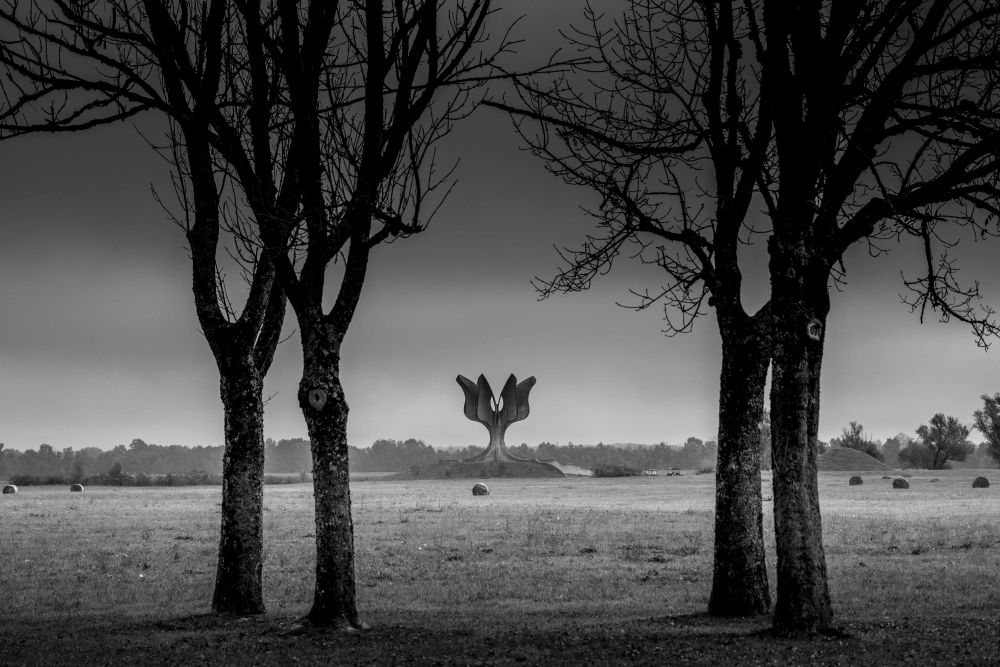
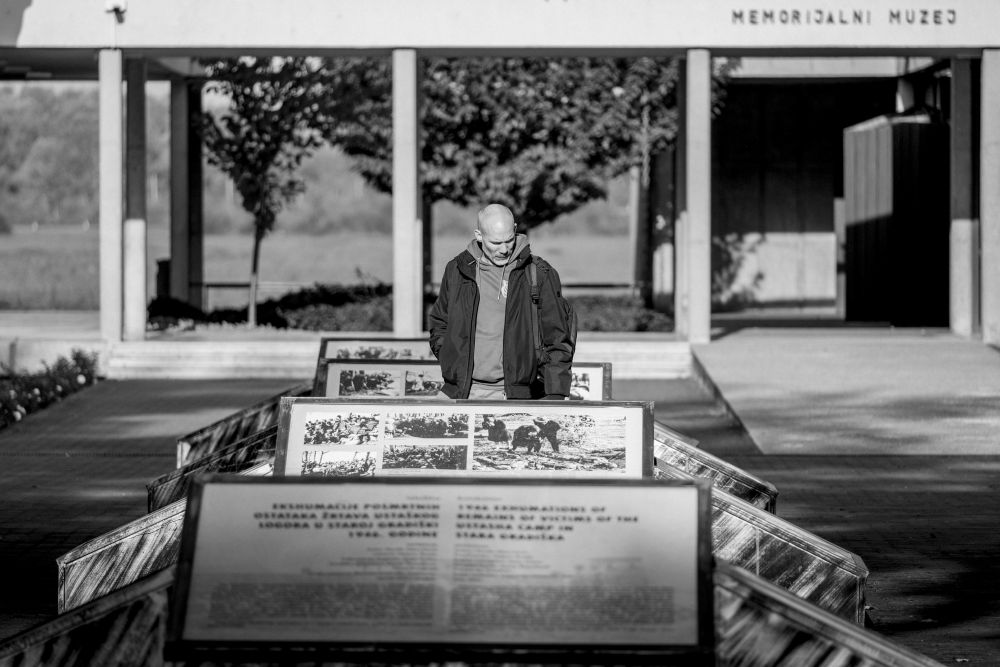

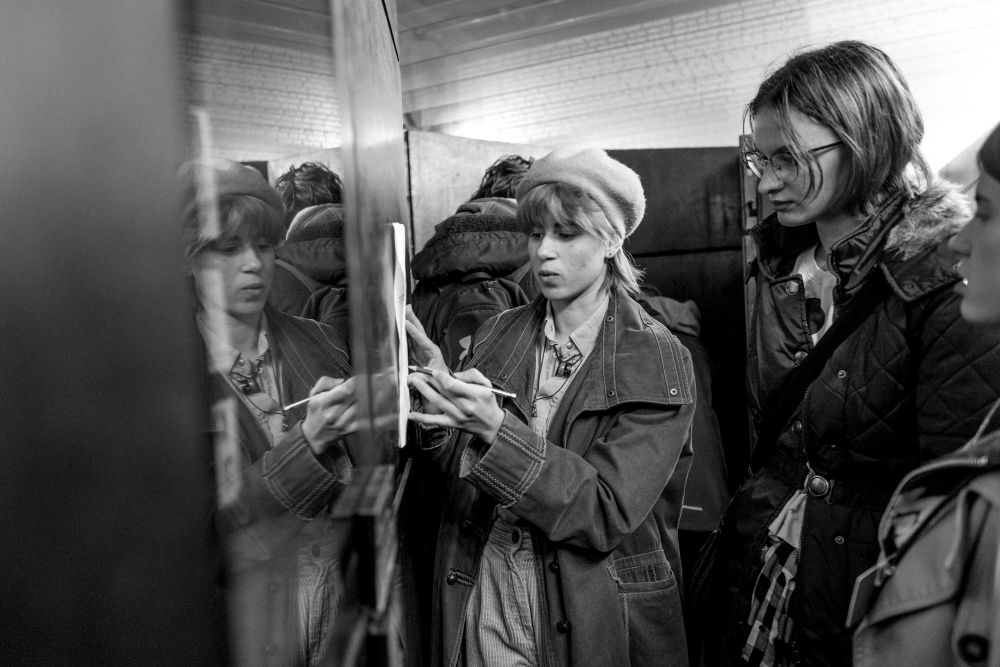

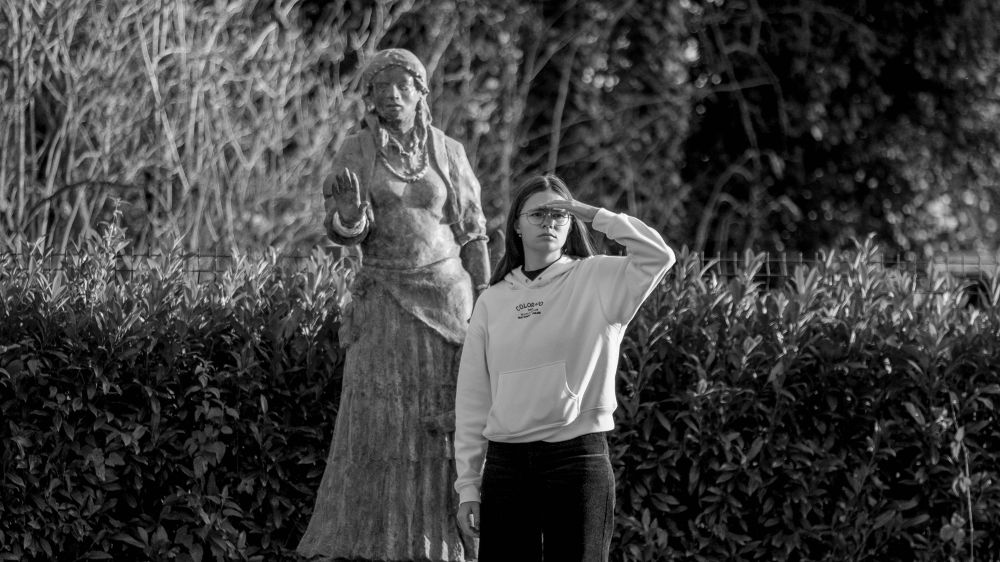
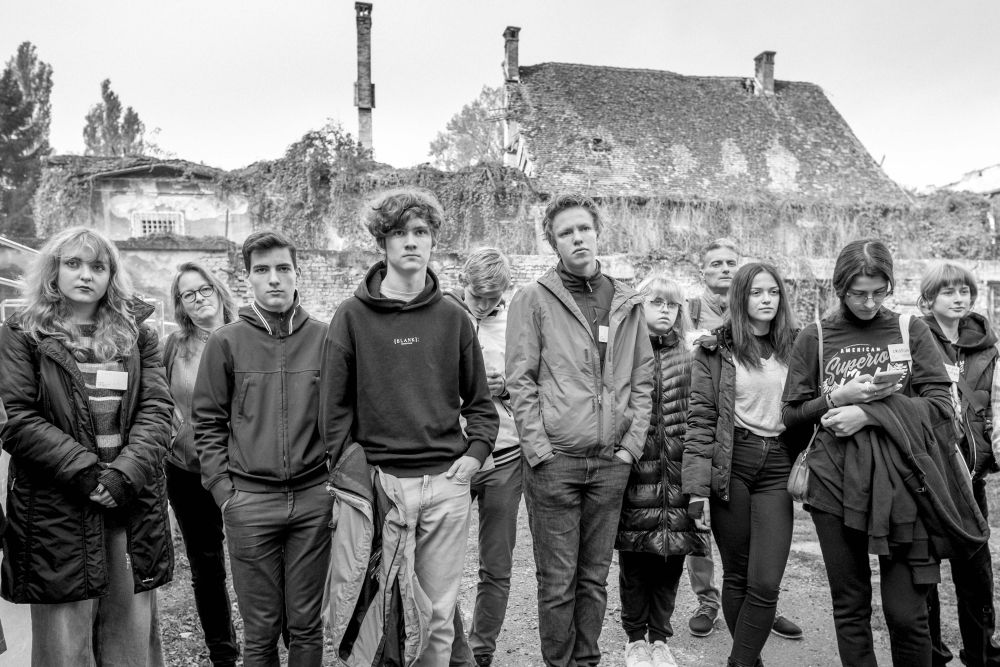
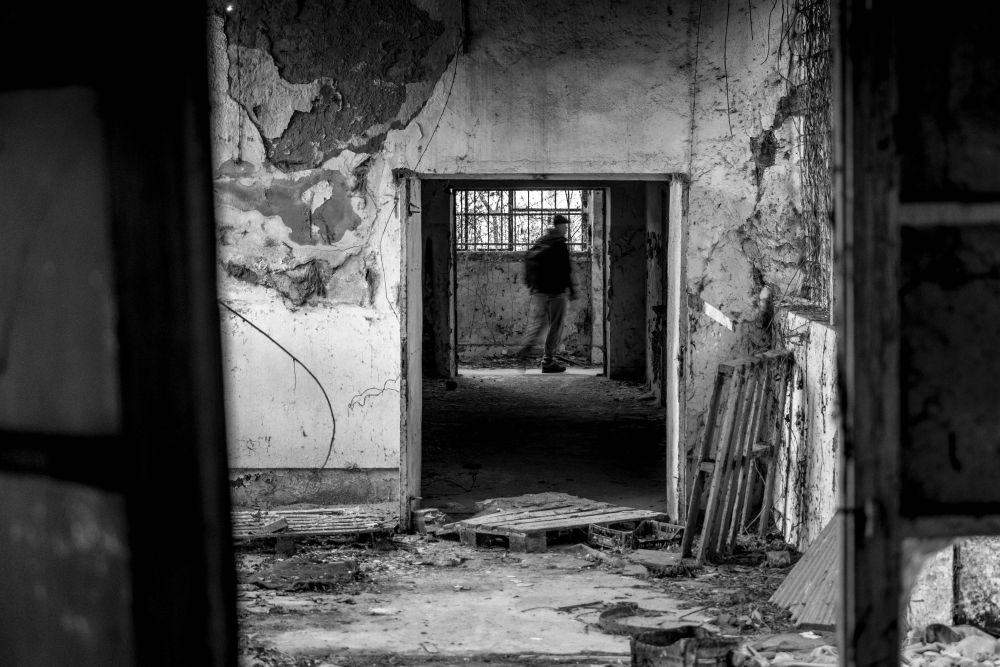

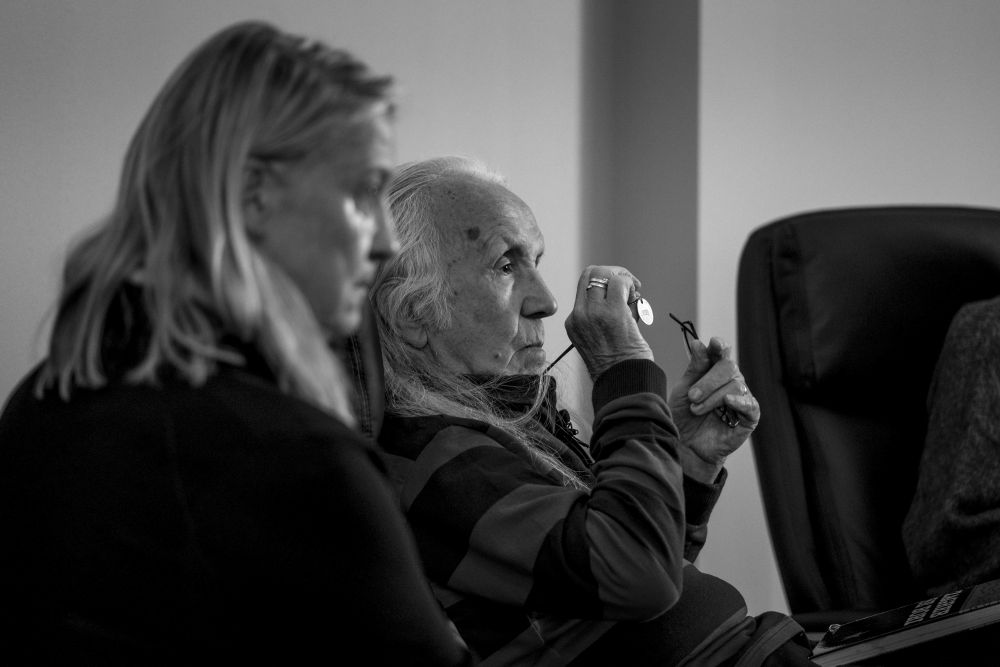
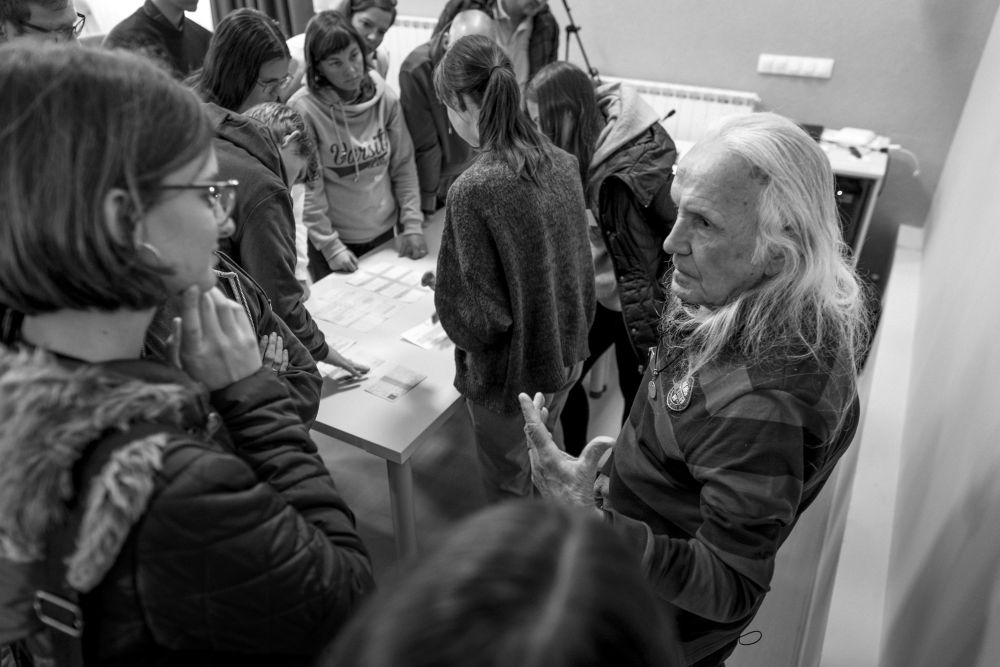
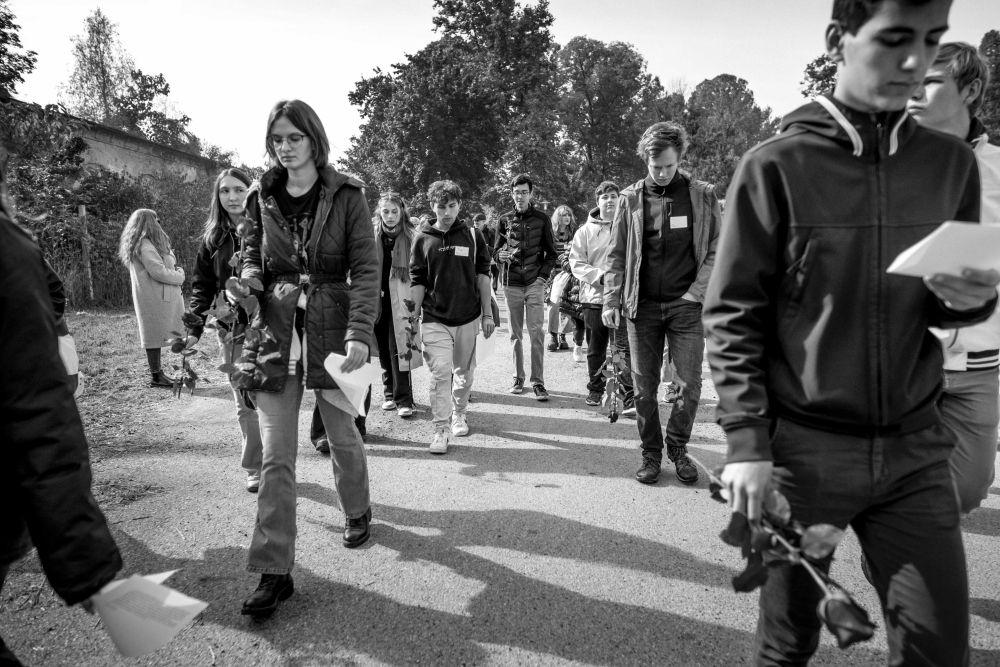

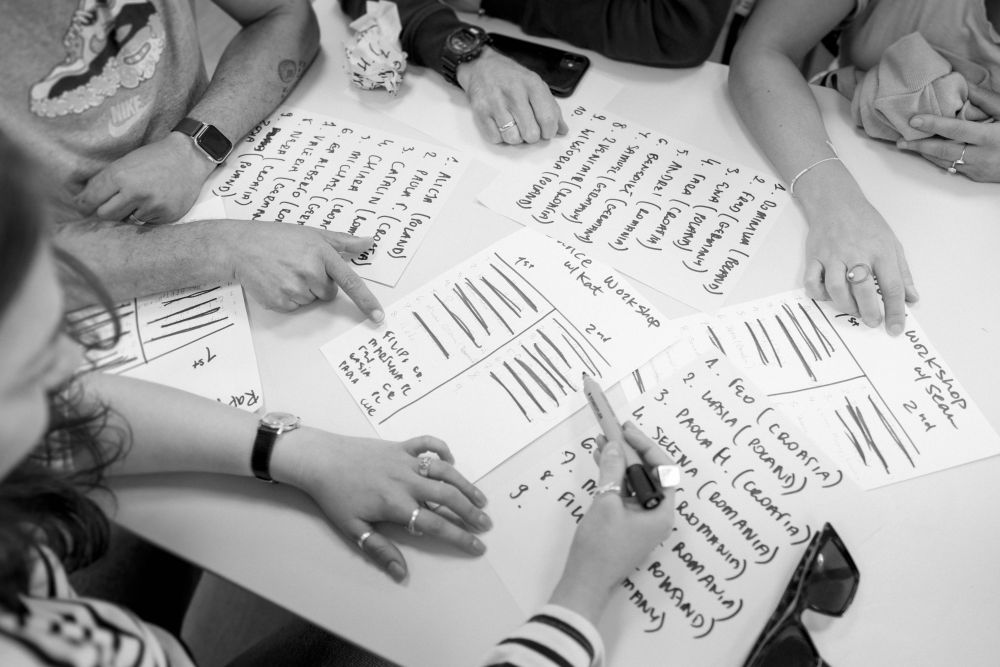


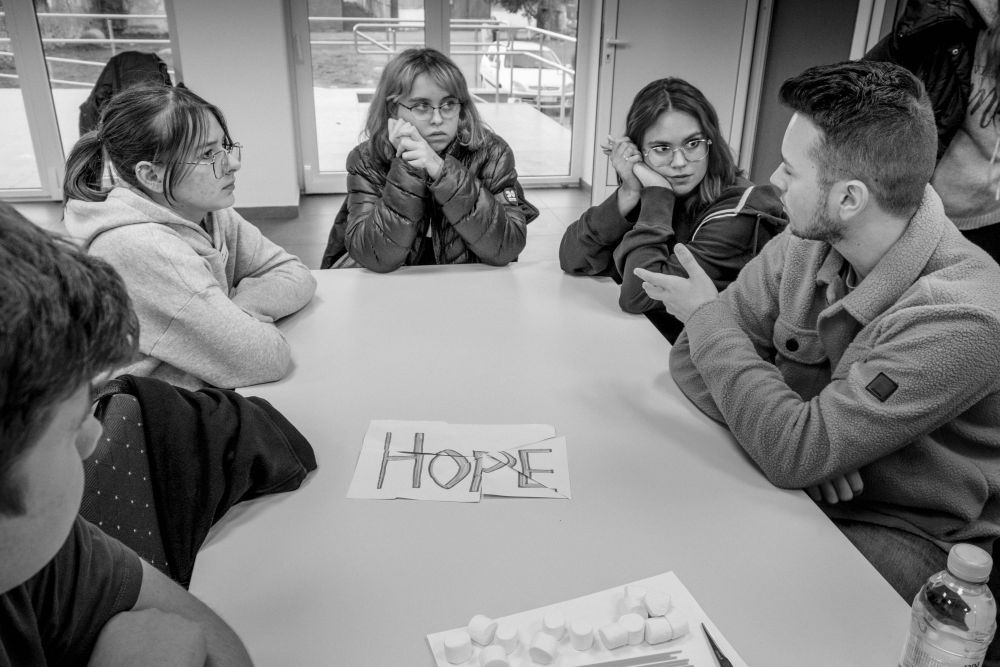
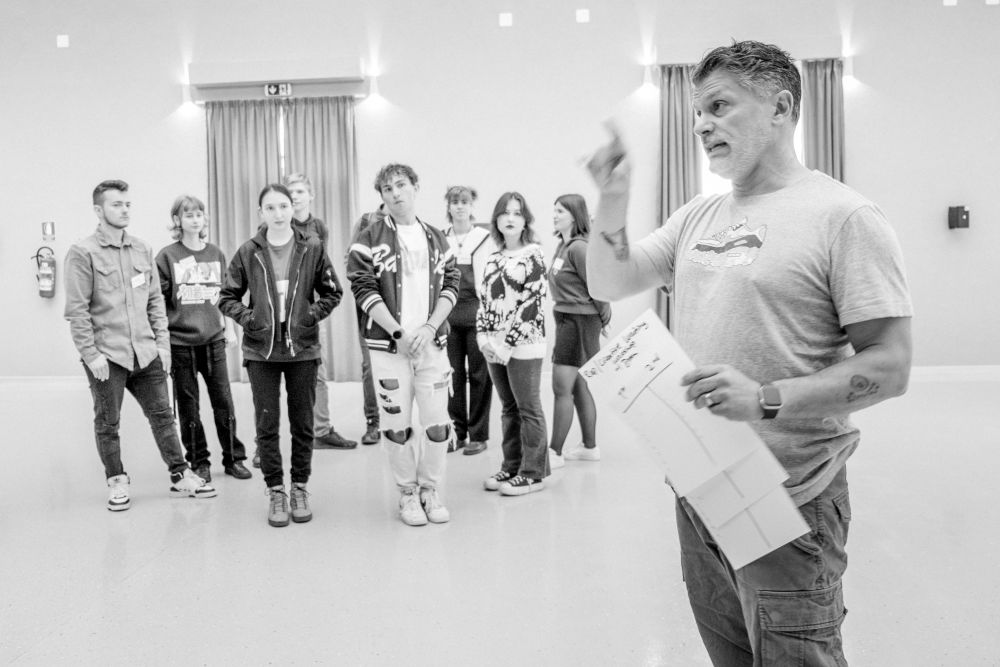
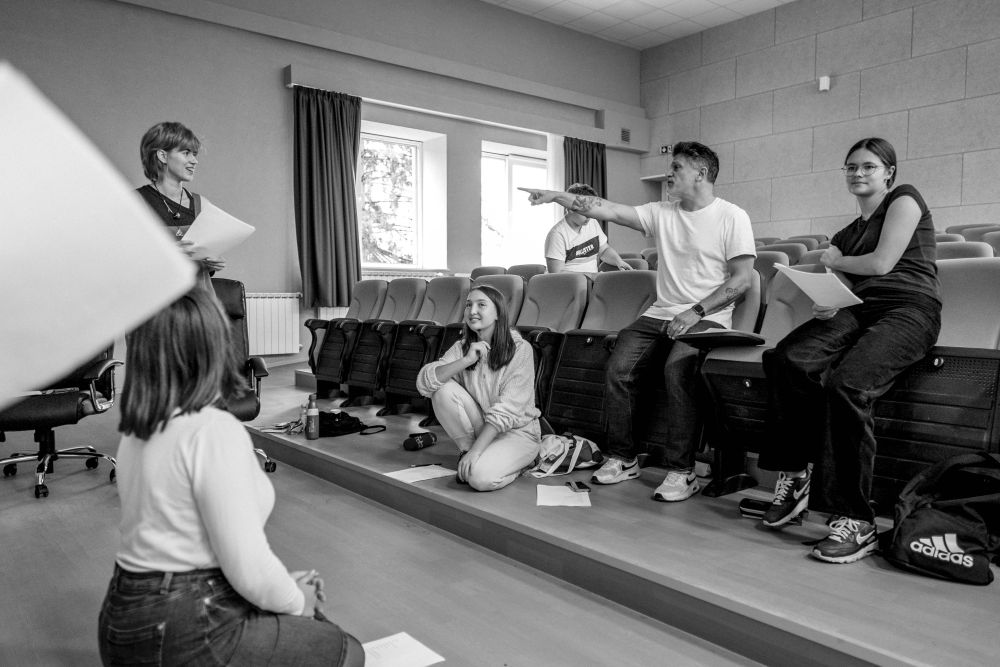


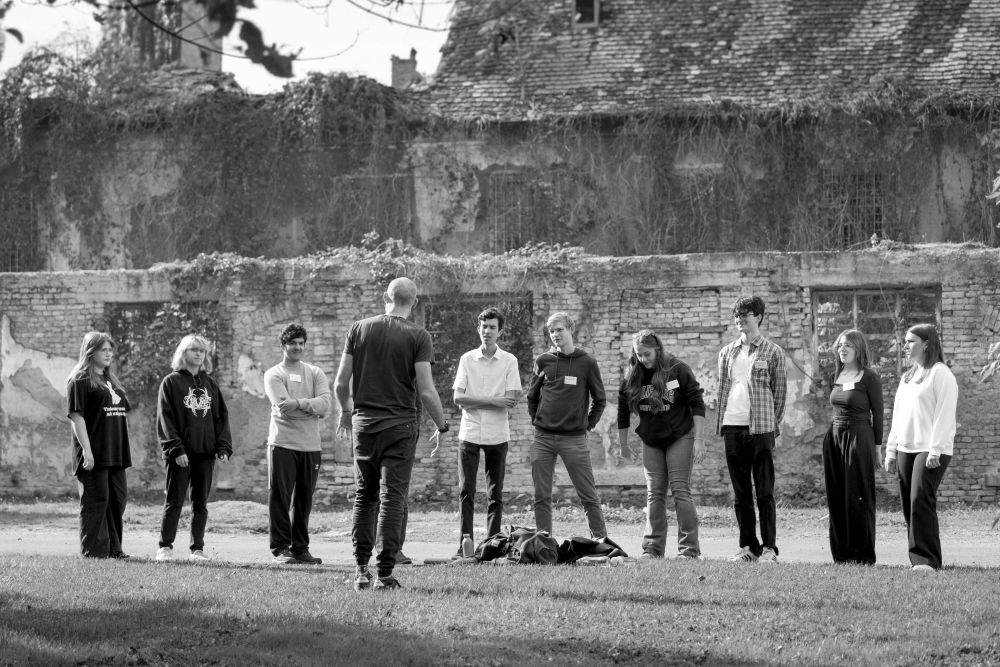


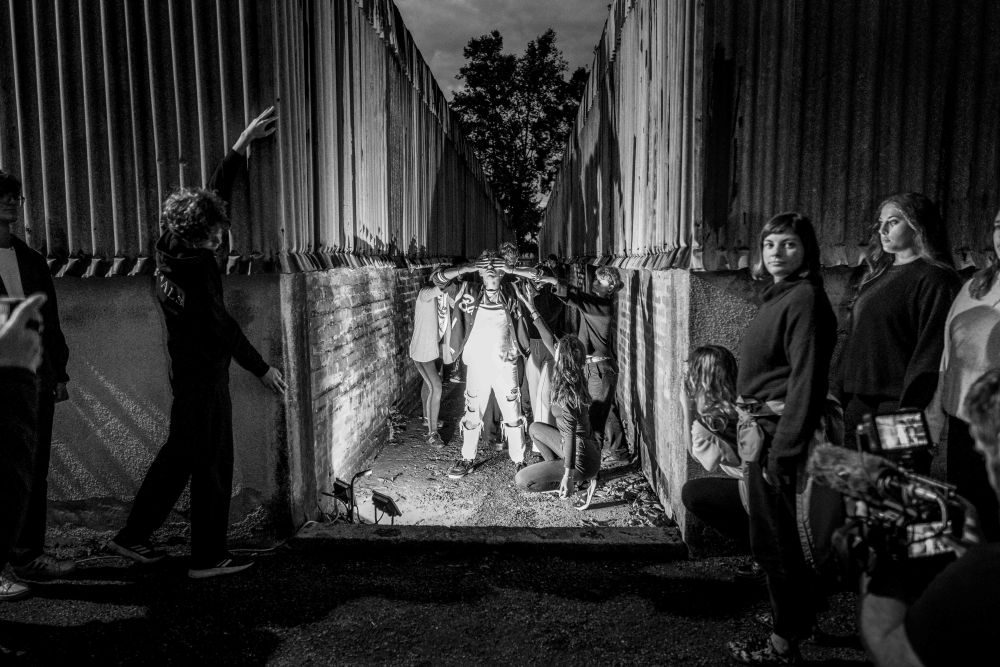


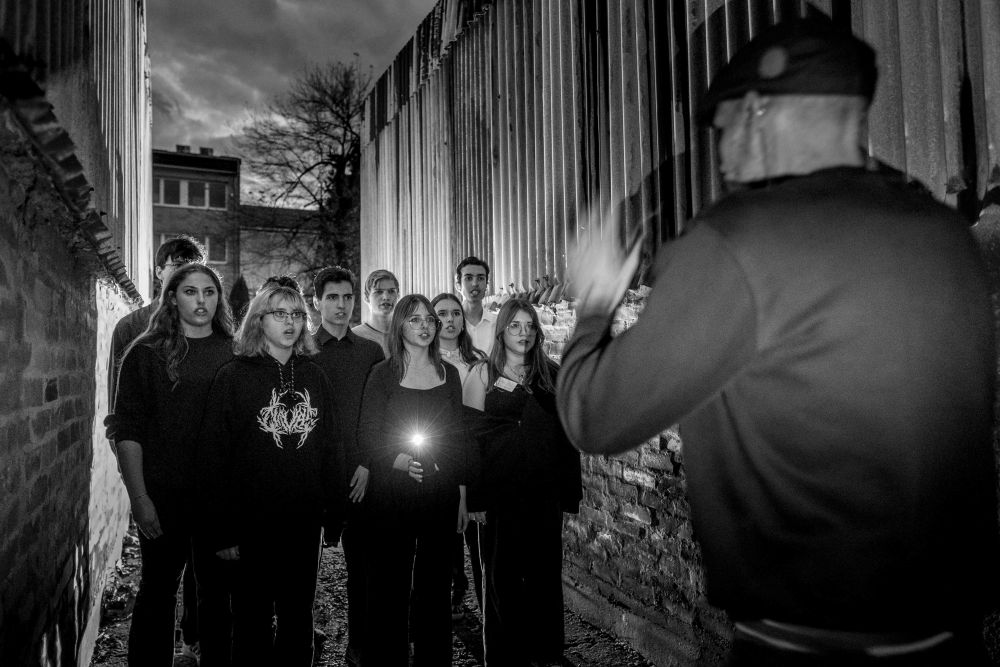

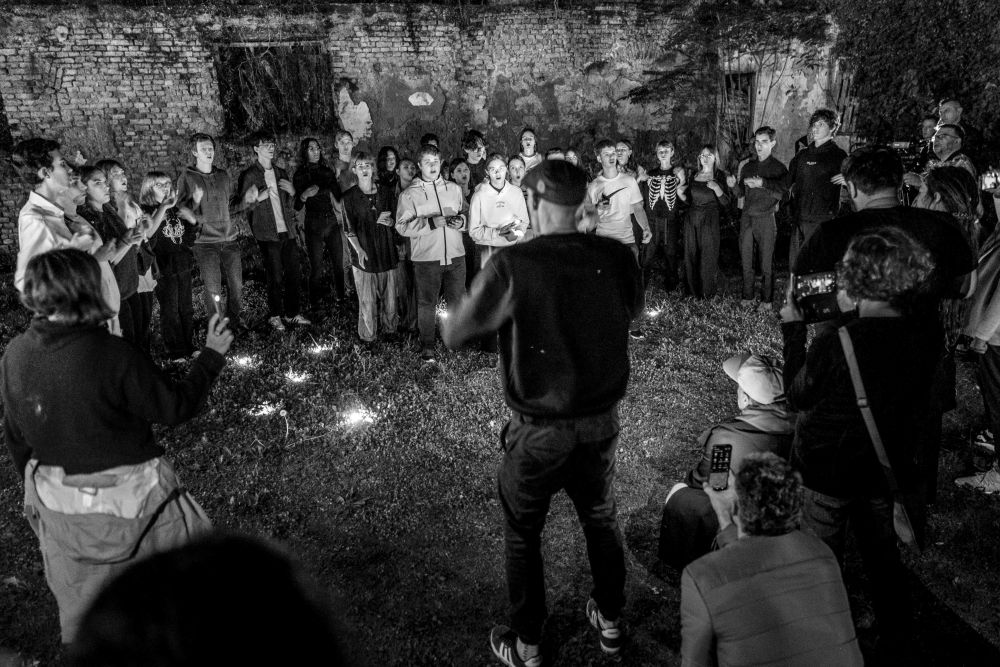



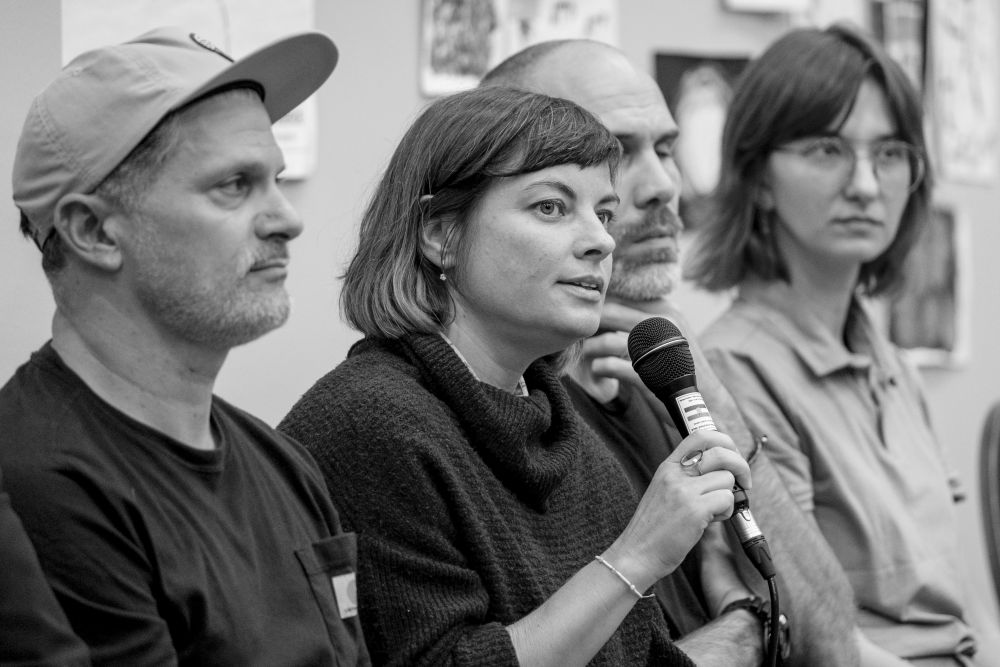
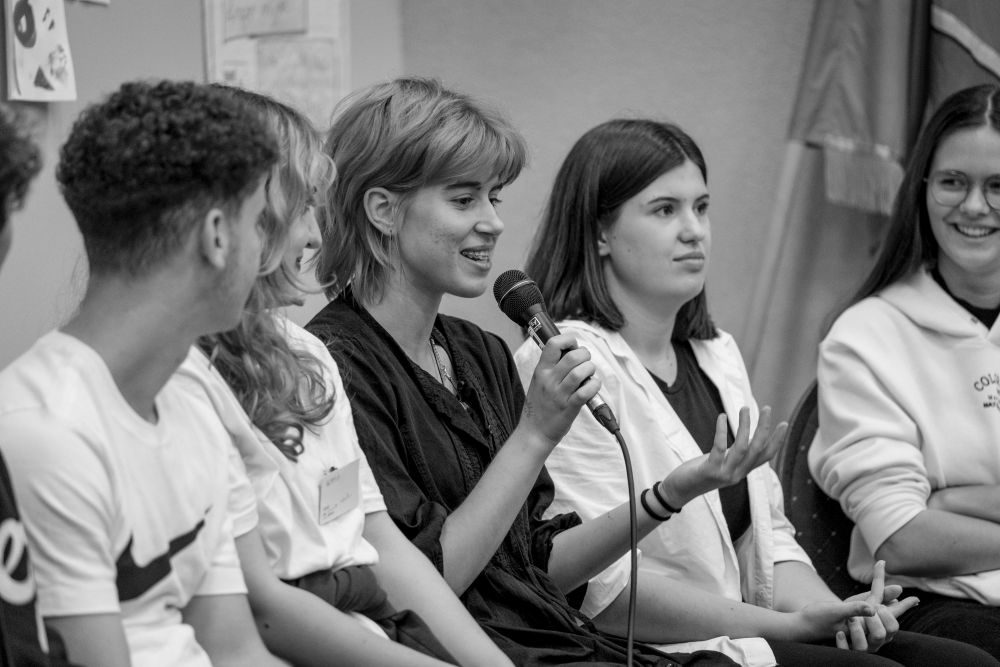
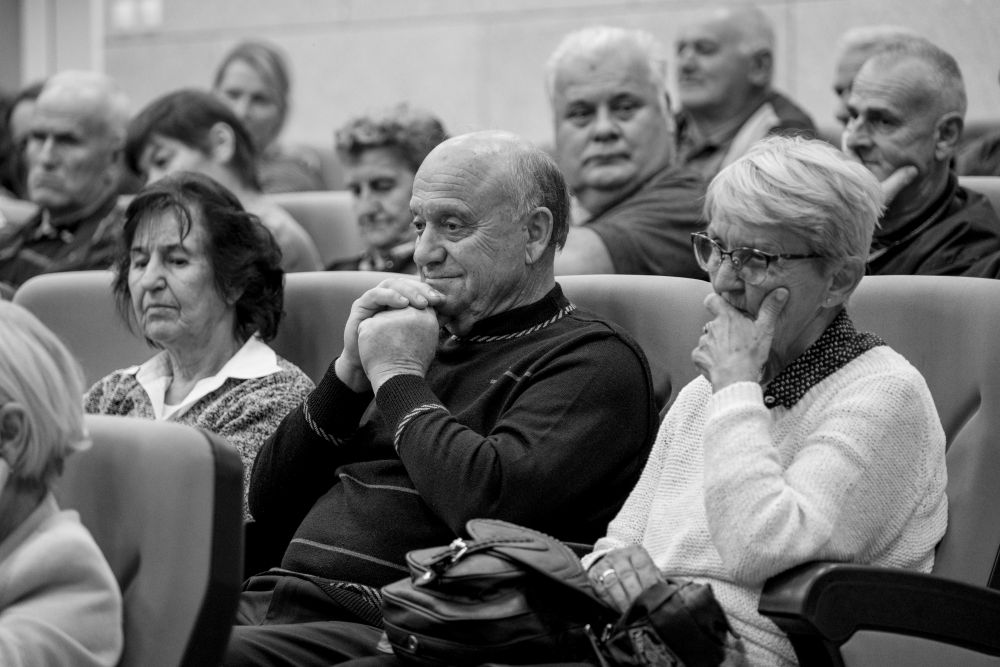

Artists
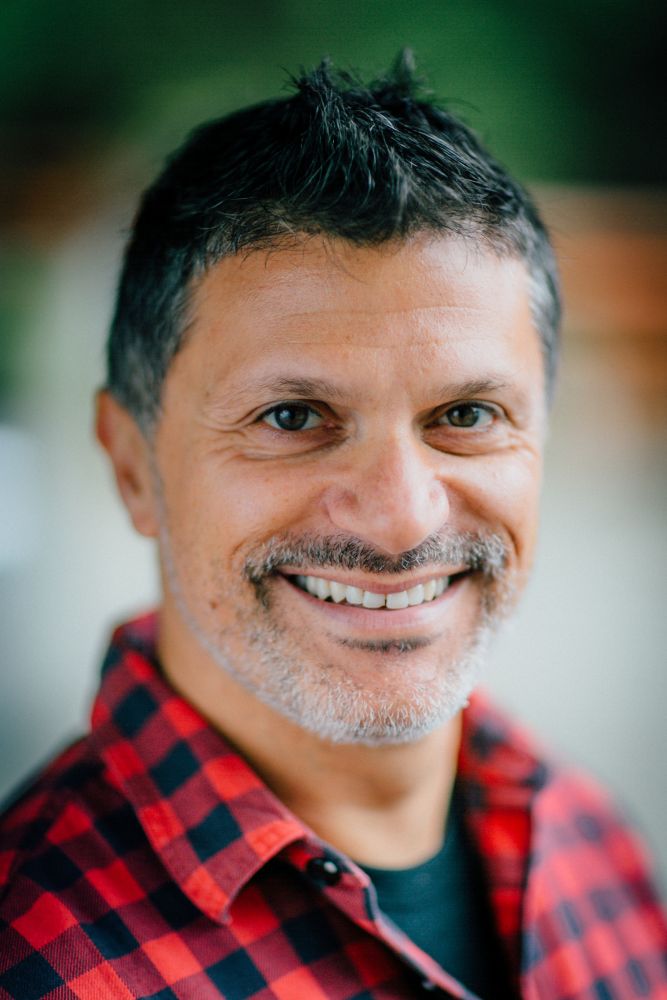

Dan Wolf
Dan Wolf is a hip-hop artist who works with rap, theater, personal narrative, and history to give voice to the problematic world we live in. His multi-sensory work draws its power from years of experience working, teaching, and performing with the critically acclaimed hip-hop music and theatre collective Felonious. His debut album “Blood and Bones, Skin and Scars” is a fearless exploration of ideals, values, and vulnerability, and marks his debut as a solo hip-hop musician. His projects have traveled all around the world from concert halls to museums to schools and memorial sites where he engages history and culture as a prompt to make vital music and theater that can only live in this moment. He is a Resident Playwright at the Playwright Foundation in San Francisco and is the co-founder of the Bay Area Theatre Cypher, a collective of performers who live on the cross fader of hip hop, theater, activism, and community.
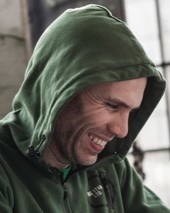

Sean Palmer
Sean Palmer (1977) trained in theatre and arts in Manchester Metropolitan University, UK. He moved to PL permanently in 2008 and speaks Polish. He has been a part of the Warsaw theatre and performance scene since 2000 traversing night clubs to national museums, Ancient Greek musical reconstruction to Broken Beat MC, Edinburgh fringe theatre to National Opera, performing the avant-garde Neanderthal to Philip Glass. He is an active creator, collaborator and educator. Between 2010 and 2020 he ran his own experimental choir - GRE BADANIE - exploring the boundaries of sound and energy as a carrier of meaning. 2014 - 2018 he was the resident artistic director/conductor of the POLIN museum community choir which performed original content concerts twice a year connected to current exhibitions. Currently (2022) he is co-running MONT - a youth orchestra in Warsaw, leading a course called multivoice at the University of Warsaw and collaborates with the Museum of Contemporary Art leading short term choral projects. Sean is not a trained musician, but has found himself composing for theatre, dance and choirs as well as singing and recording in multifarious settings. Since 2015 he is the front man of the White Kites (Missing, Devillusion) and jazz trio William’s Things (William’s Things, A Heart Not all of Wood, The Robots are Coming). The major through line in his work is musicality or sounding. The search for the thing which can move us together regardless if it is a beat, a note a yelp or a growl, because sound can often go where words fail. Every day Sean works as VO artist from his studio in Warsaw. Apart from all the above ‘arty stuff’, he’s also a dad, a husband, has two kids, two cats, loves running and doesn’t eat animals.
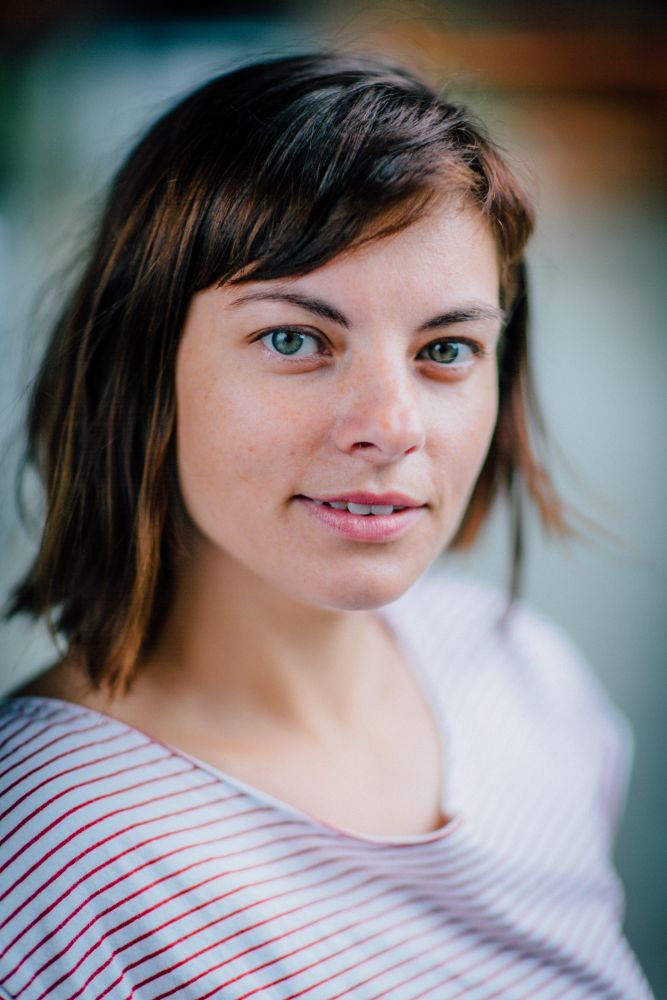

Katarina Rampackova
Kat Rampackova is a choreographer, performer and dance activist. She graduated from the Swiss University of Physical Theater - Scuola Teatro Dimitri and subsequently graduated with a master of choreography at HAMU in Prague. She currently lives in Barcelona, where she deepens her dance education in contact improvisation and the somatic work - Body Mind Centering. She has dedicated herself to contemporary dance for 22 years. As a choreographer, she has been involved in the international interdisciplinary project Sound in the Silence since 2016. She also works as a teacher and choreographer at the Italian school Danzaria in Montevarchi. She specializes in site-specific performances, inclusive dance and creation of author performances. Together with Michaela Sabolova, they lead PST - Space of Contemporary Dance in Kosice, which, in addition to educational activities, produces performances, organizes an annual festival called MOVE Fest, where Kat is in charge of dramaturgy of the festival.
Educators
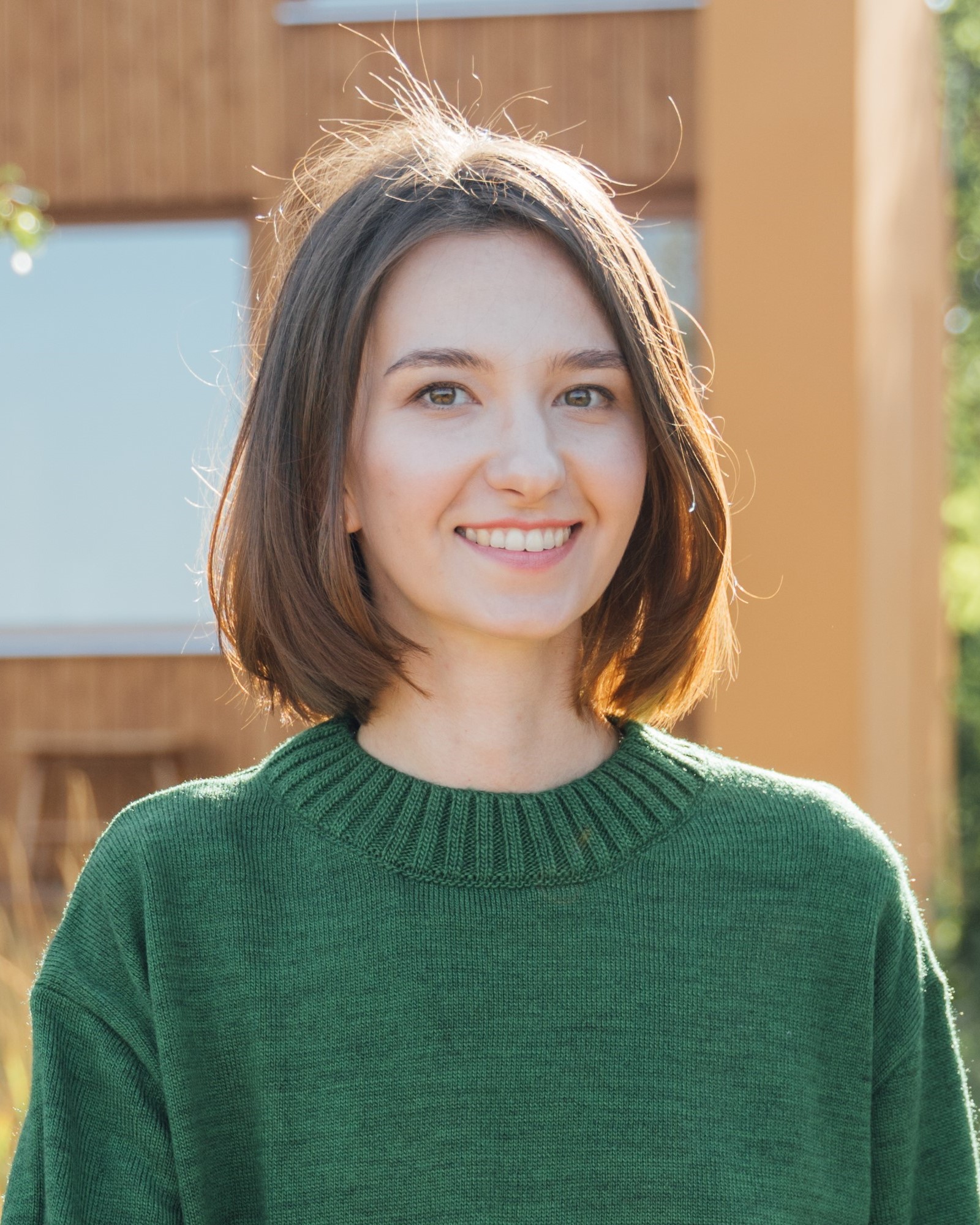

Tetiana Kriukovska
Tetiana Kriukovska was born and raised Donetsk, Ukraine, where she worked as a filmmaker. After the Russian annexation of Crimea in 2014 she founded the NGO Tolerance in You, which organises exchange programs for young people from Germany, Poland and Ukraine and which trains international educators who want to specialise in the topic of war. Tetiana moved to Germany in March 2022, where she worked as a project coordinator for the Ukrainian-Polish-German education network LIKHTAR at the educational institute in Bredbeck. Tetiana’s expertise includes filmmaking, international youth work, moderation in non-formal education and intercultural dialogue. Her long-time experience of working with youth in a sensitive and creative way makes her an excellent educator. During the Sound in the Silence project, Tetiana will be responsible for ensuring the participants’ wellbeing, offering them tools to reflect and focus on personal feelings towards what they have learnt. She will also facilitate collaboration and group dynamics. Her dream is to organise Sound in the Silence in Ukraine one day, fostering a new culture of remembrance of the war in her country.
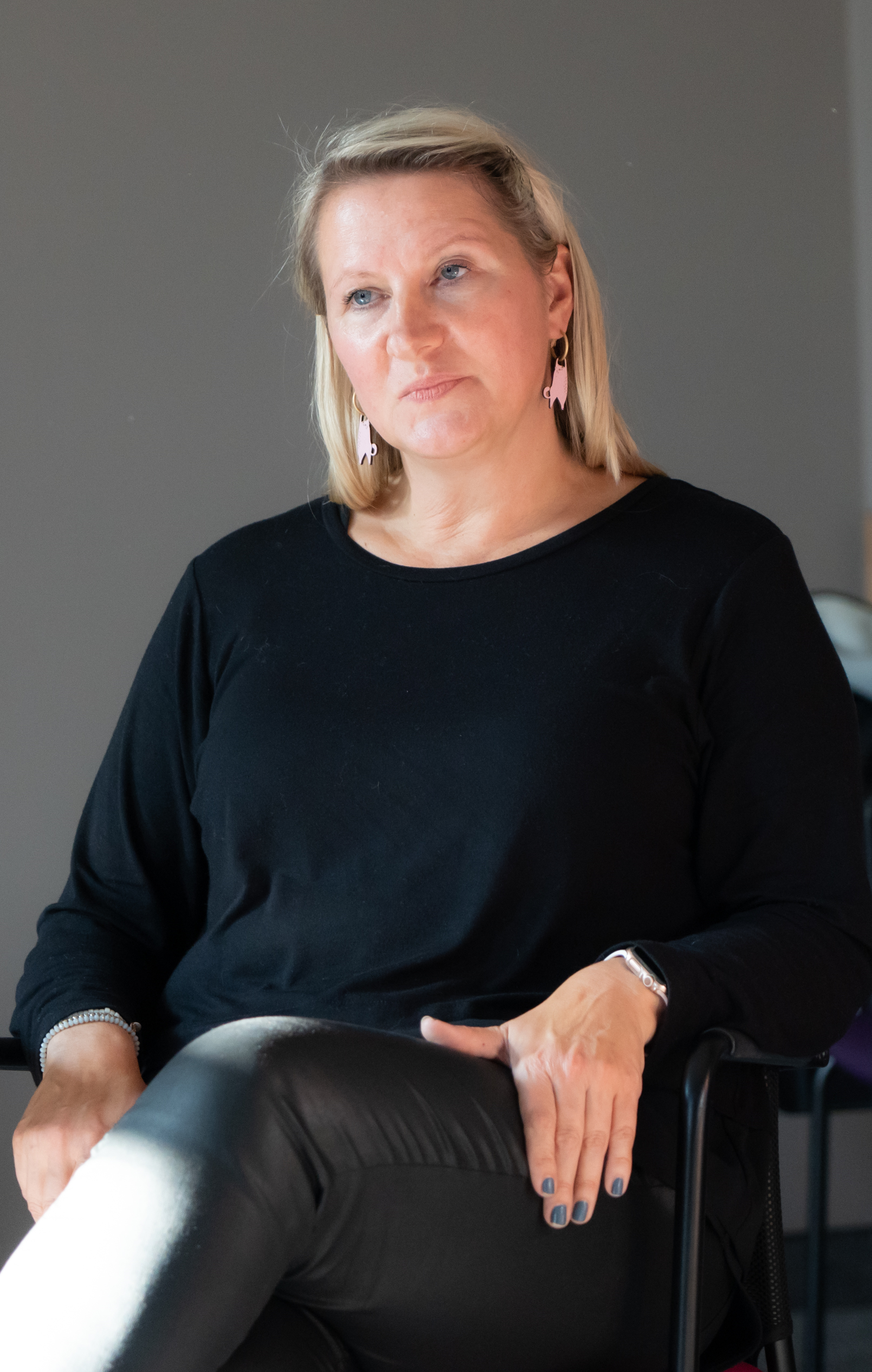

Maja Sturm
Maja Sturm teaches art and German at a secondary school in Osnabrück (Germany). She also teaches drama classes for young people and lectures on Holocaust education at the University of Osnabrück. Maja provides teacher training in different fields, including graphic novels. She is also a freelance author of school textbooks. Maja likes to think outside the box and learn from international perspectives on the Holocaust. She has accompanied excursions and exchanges in the Netherlands, Israel, Poland, and the US. Together with her husband, she developed educational materials in line with the US tolerance education programme “Hands across the Campus.” She is involved in the educational team of an international graphic novel project. Maja completed the Fulbright seminar ‘Diversity in US Education’ in Texas and the seminar “Holocaust and Education” at the International School for Holocaust Studies in Yad Vashem, Jerusalem. In her spare time she works as an artist.
Event Description
The “Sound in the Silence” Project was co-funded by the European Union. Please find the link to the Event Description Sheet below.
House of the Wannsee Conference
Jasenovac Memorial Site
Final seminar for policymakers in Strasbourg
Press conference in Strasbourg
Final report of the 2022 and 2023 editions


